Page 185 of 304

,...,
N
0 ::.,: co ,...., \!) 1.1'1 ,...., 1.1'1 ,....,
(D Note
If you leave the child restraint with the
tether strap firmly installed for severa l
days, this cou ld leave a mark on the up
holstery on the seat cushion and backrest
in the area where the tether strap was in
s t alled. The upho lstery would a lso be per
manently stretched around the tethe r
s tr ap. This applies especially to leat her
seats.
Using tether straps on rearward-facing
child restraints
Currently, few rearward-facing child restraint
systems come with a tether. Please read and h eed the child restraint system manufactur
er's instructions carefully to determ ine how to
p roperly install the tethe r.
A WARNING
-
A ch ild i n a rearward-facing child safety
s ea t insta lled on the front passenger sea t
w ill be seriously injured and can be killed if
t he fron t air bag inflates -even with an Ad
vanced Airbag System .
- T he inflating a irbag w ill hit the chi ld
sa fety seat or infa nt carrier w it h great
force and wi ll smash the ch ild safety seat
and child against the backrest, center
armrest, or door.
- A tight tether or other strap on a rear
ward-fac ing c hild restra int attached to
the front passenger seat can put too much pressure on the weight-mat in the
sea t and regis ter a heavier we igh t in the
Advanced Airbag System. The heav ie r
we ight registe red ca n make the system
wor k as th ough an adul t were on t he seat
and dep loy the A dvanced Airbag when i t
must be supp ressed ca using serious or
even fatal injury to the child.
- If you mus t insta ll a rearward facing
child safety seat o n the front passenger
seat beca use of exceptional circ umstan
ces and the
PASSENGER AIR BAG OFF
light does not come on and stay on, im-
Child Sa fet y 183
mediately insta ll th e rearward-fac ing
child safety seat in a rear seating posi
tion and have the airbag system inspect
ed by your authorized Audi dealer .
Additional Information
Sources of information about child
restraints and their use
There are a number of sources of additional
information about child restraint se lection, in
stallation and use:
NH TSA advises that the best chi ld safety seat
is the one that fits your chi ld and fits in your
vehicle, and that you w ill use correct ly and
consistently.
T ry before yo u buy!
U .S National Highway Traffi c Safety Admin
istration
Tel.: 1 -888 -3 27- 42 36 (TIY: 1-800 -42 4-9153)
www.n htsa.gov
National SAFE KIDS Campaign
Tel.: (2 02) 662- 0600
www.safe kids.o rg
Safety BeltSafe U .S .A
T el.: (8 00) 7 45-SAF E (English)
T el.: (8 00) 747 -SANO (Span ish)
www.carseat.org
Transport Canada Information C entr e
Tel.: 1 -800 -333-0371 or c all
1-6 13-99 8-8616 if yo u are in the Ottawa area
http://www.tc.gc.ca/eng/ roadsa fety/
menu .htm
Audi Cu stomer Relation s
Tel.: (800) 822-2834
•
•
Page 186 of 304

184 Intelligent technology
Intelligent technology
Notice about data
recorded by the Event
Data Recorder and
vehicle control modules
E ve nt Dat a Recorder
This vehicle is equipped with an Event Data
Recorder (EDR) . The main purpose of an EDR
is to record, in certain crash or near crash-like
situations, such as an airbag deployment or h itting a road obstacle, data that will ass ist in
understand ing how a veh icle's systems per
formed. The EDR is designed to record data
re lated to vehicle dynamics and safety sys
tems for a short period of time, typically
30 seconds or less. The EDR in this vehicle is
designed to record such data as:
- How various systems in you r vehicle were
operating;
- Whether or not the d river a nd passenger
safety belts were buckled/fastened;
- How far ( if at all) the dr iver was dep ress ing
the accelerator and/or brake peda l; and,
- How fast the ve hicle was traveling.
These data can help provide a better under
stand ing of the c ircumstances in which crash
es and injuries occur . NOTE : EDR data a re re
corded by your veh icle only if a non-trivial
crash sit uat ion occ urs; no data are recorded by
the EDR under normal driving cond itions and
no personal data (e.g., name, gender, age,
and crash location) are recorded. However,
other parties, such as law enforcement, co uld
comb ine the EDR data with the type of per
sonally identify ing data routinely acquired
during a crash invest igation .
To read data recorded by an EDR, special
equ ipment is required, and access to the veh i
cle or the EDR is needed. In add ition to the ve
h icle manufacturer, other parties, such as law
e nfo rcement, that have the special equip
ment, can read the information if they have
access to the ve hicl e or the EDR. Some state
laws restrict the retrieval o r down
loading of data stored by ED Rs insta lled in a
vehicle for the express purpose of retrieving data after an accident or crash event w ithout
the owner's consent .
Audi will not access the EDR and/or simi lar
data or g ive it to others -
- un less the vehi cle owner (or lessee if the ve
hicle has been leased) agrees; or
- upon the officia l request by the police ; or
- upon the o rder of a court of law or a govern-
ment agency; or
- for the defense of a lawsuit through the ju
dicia l discovery p rocess.
- Aud i may also use the data for research
about vehicle ope rat ion and safety perform
ance or provide the da ta to a third party fo r
research purposes without iden tif ying the
specif ic vehicle or in formation about the
identity of its owner or lessee and only after
the recorded vehicle data has been ac
cessed .
Vehicle control modul es
Your vehicle is also equ ipped with a n umber of
electron ic control modules for various vehicle
systems, such as engine management, emis
sion contro l, airbags, and safety belts.
T hese electronic con trol mod ules record data
during norma l vehicle operation that may be
needed by trained technicians for diagnostic
and repair purposes. The recording capability
of these modu les is limited to data (no sound
is recorded). Only a small amount of data is
actually recorded over a very lim ited period of
t ime, or stored when a system fault is detect
ed by a contro l modu le. Some of the data
stored may re late to vehicle speed, direction,
o r braking, as well as restraint system use and
performance in the event of a crash. Stored
data can also only be read and dow nloaded
with special eq uipment that is directly con-
nected to the vehicle. .,..
Page 187 of 304

@ Tips
Your vehicle may be equipped with Audi
connect. Your use of certain Aud i connect
features req uires wireless serv ices that are
provided by a third party wireless telecom
municat ions provider. For details regard
ing how information obtained through
Aud i connect is collected, processed,
transmitted, used, and shared, please see
your contra ct w ith the wire less telecom
municat ions provider and the "About A udi
connect" tab in your vehicle's MMI*:
!MENU ! button> Audi connect > About
Audi con nect .
Electronic Stabilization
Control (ESC)
Description
ESC helps to improve road holding and vehicle
dynamics to help reduce the probability of
skidd ing and loss of veh icle control. It works
only when the eng ine is running. ESC detects
certain difficult driv ing situations, including
when the vehicle is beginning to spin (yaw) out of cont ro l and he lps you to get the vehicle
back under control by select ively b rak ing the
wheels, and/or red ucing engine powe r and
p roviding steering assistance to help hold the
ve hicle on the driver's intended course . The in
dicator light
DJ in the instrument cluster
blinks when ESC is taking action to help you
control the vehicle.
ESC has limitations.
It is important to remem
ber that ESC cannot overcome the laws of
phys ics. It will not a lways be able to help out
under all conditions you may come up against.
For example, ESC may not always be able to
h elp you master situat ions where there is a
sudden change in the coefficient of fr iction of
the road surface. When there is a sect io n of
d ry road that is s udden ly cove red with water,
slush o r snow, ESC canno t perform the same
way it would on the dry su rface.
If the vehicle
hydroplanes (rides on a c ush ion of wate r in
stead of the road surface), ESC wi ll not be
ab le to he lp you steer the veh icle because con-
Int ellig ent technolog y 185
tact with the pavement has been interrupted
and the vehicle cannot be braked or steered .
D uring fast corner ing, particular ly on wind ing
roads, ESC cannot always deal as effectively
with difficult dr iv ing s ituations than at lower
speeds. When towing a trailer, ESC is not able
to help you regain control as it would if you
were not tow ing a trailer.
Always adjust your speed and driving style to road, traffic and weather conditions . ESC can
not override the vehicle's physical lim its, in
crease the availab le tract ion, or keep a veh icle
o n the road if road departu re is a result of
driver ina ttent io n. Instead , ESC imp roves the
poss ibility of keep ing t he vehicle under con
trol and on the road during extreme maneu
vers by using the driver's steering i nputs to
help keep the vehicle go ing in the intended di
rect ion. If you are traveling at a speed that
causes you to run off the road before ESC can
provide any assistance, you may not experi
ence the benefits of ESC.
ESC is switched on all the time. In certain sit
uat ions when you need less traction, you can
switch off ASR by pressing the butto n
[ill
~ page 187, fig. 174 or~ page 187,
fig. 175. Be sure to sw itch ASR on aga in when
you no lo nger need less traction.
The following systems are integrated in the
ESC:
Anti-lock bra king sy stem (ABS )
ABS prevents the whee ls from locking up
when brak ing. T he vehicle can st ill be steered
even dur ing hard braking. App ly steady pres
su re to the brake peda l. Do not pump the ped
al. A pulsing in the brake pedal ind icates that
the system is helping you to brake the veh icle .
Brake assi st system
The brake ass ist system can decrease braking
distance. It increases brak ing power when the
drive r presses the brake peda l quickly in emer
gency s ituations. You must press and hold the
brake pedal unti l the s ituation is over. In
vehicles wi th adap tive c rui se control*, the
brake assis t system is more sensitive if the
•
•
Page 188 of 304

186 Intelligent technology
distance detected to the vehicle ahead is too
smal l.
Anti-slip regulation (ASR )
ASR reduces eng ine power when the drive
wheels begin to spin and adapts the fo rce to
the road condit ions. This makes it eas ier to
start, accelerate and drive up hills .
Electronic differential lock (EDL)
The EDL brakes wheels that are spinn ing and
transfers the d rive powe r to the other drive
wheel or whee ls if the vehicle is equipped with
a ll-wheel drive* . This function is not avai lab le
at higher speeds.
I n extreme cases , EDL automat ica lly switches
off to help keep the brake on the braked whee l
from ove rheating . EDL wi ll switch on again au
tomatically when conditions have returned to
normal.
Steering recommendation
The ESC helps to stabilize the ve hicle by
changing the steering torque.
In vehicles with dynam ic steeri ng*, ESC also
he lps to stabilize the stee ring in critical s itua
tions.
Electronic interaxle differential lock* /
selective wheel torque control*
The electronic interaxle d ifferential lock (front
wheel drive) or the select ive wheel torque
con trol ( all wheel d rive) oper ates when driving
through curves . The front whee l on the inside
of the cu rve or both whee ls on the inside of
the curve are b raked se lectively as needed.
This a llows more prec ise driving in c urves. The
applicable system may not activate when driv ing i n wet or snowy conditions.
A WARNING
- The ESC and its integrated systems can
not overcome the laws of physics. This is
especially important on slippery o r wet
roads . If the systems begin acting to sta·
b iliz e your veh icle, you s hou ld immed i
a tely c ha n ge your speed to match the
road and traffic cond itions. Do not let
the increased safety provided by these
systems tempt you to take risks. Do ing
so will increase the risk of a loss of vehi
cle control, collision and serious personal
inj uries.
-Always adapt your speed to road, traffic and weather conditions. The risk of los
ing control of the vehicle increases when
d riving too fast, espec ially through
curves and on slippe ry or wet roads, and
when dr iv ing too close to vehicles up
ahead. The ESC a nd its integrated sys
tems canno t always p reven t collisions -
there is still a risk of acc idents!
- Always accelera te wi th spe cial care on
even, smooth s urfaces such as those that
are wet or covered with ice and snow.
The drive wheels can spin even with these assistance systems that cannot al
ways he lp to red uce the risk of loss of ve
h icle control.
(D Tips
- ABS and ASR only work cor rectly when
all four wheels are equipped with identi
cal tires. D ifferent tire sizes can lead to a
reduction in engine power .
- Yo u may hear noises when the systems
descr ibed are working.
- If the ind icator light
DJ or ml (USA
mode ls)l iiJ (Canada models) appears,
there may be a malfunction<=>
page 18,
<=>page 19 .
Page 189 of 304

M N
~ co ,..,
I.O
"' ,..,
"' ,..,
Intelligent technology 187
Switching on/off
ESC turns on automatically when you start the engine .
Fig. 174 Version A: lower ce nter console,~ OFF but·
to n
The ESC is designed to function in levels. De·
pending on the level that is selected, the sta
b ili zat ion function of the ESC is limited or
switched off . The amount of stab ilizat ion con
trol will differ depend ing on the level.
The following situations are exceptions where
it may be useful to switch on sport mode (Se·
dan) or offroad mode (allroad) to allow the
wheels to sp in:
Sedan: ESC levels
Fig. 175 Vers ion B: upper cente r console,~ OFF bu t·
ton
- Rocking the vehicle to free it when it is stuck
- Dr iving in deep snow o r on loose ground
- Dr iving with snow chains
- allroad : Driving on rough terrain when much
of the car's weight is lifted off the wheels
(axle articulation)
- allroad : Driving downhill while braking on
loose ground
Sport mode on ESC/ASR off Sport mode off or
ESC/ASR on
Behavior
The ESC and ASR stab iliza- The stabilization funct io n The full stab ilization func·
tion funct ions are lim ited is not available
c::> /1.. ESC tion of the ESC and ASR is
c:::> &. . and ASR are switched off. available again.
Operation Press the I~ OF FI button Press and hold the I~ OF FI Press the I~ OF FI button
briefly. button longer than 3 sec-
again.
onds .
Indicator fl turns on. II and lfilf•)H turn on . JI turns off or II and
lights If ilft)H turn off.
Driver mes- Stabilization control Stabilization control Stabilization control
sages (ESC): Sport. Warning! (ESC): off. Warning! Re- (
ESC) : On
Restricted stability stricted stability
Page 190 of 304

188 Intelligent technology
allroad: ESC level s
Offroad mode on Offroad mode off
Behavio r
The ESC and ASR stabilization functions The fu ll stabilization f unction of the ESC
are limited ¢& .
Op eration Press the I.a OFFI button .
Indicato r II turns on.
light s
Driver me s- Stabilization control (ESC) : Offroad .
s age s Warning! R est rict ed stabilit y
It is only possib le to turn off the ASR up to 30
mph (SO km/h) for veh icles with front whee l
d rive. At about 45 mph ( 70 km/h) it a utomat i
cally turns on aga in . It is possib le to turn off
the ASR at any speed for vehicles with all
wheel drive.
A WARNING
You should only switch sport mode/off
road mode on o r switch ESC/ASR off if your
driving abilities and road cond itions per
m it .
- The stabilization function is limited
when sport mode/offroad mode is switched on. The d riving wheels could
spin and the vehicle could swerve, espe
ci ally on s lick o r sli ppery ro ad sur faces.
- all road: You should o nly sw itch off road
mode on when driving offroad.
- Sedan: Th ere is no vehicl e stabiliza tion
w hen ESC/AS R are switched off .
(D Tips
ESC/ASR cannot be sw itched off or sport
mode/offroad mode cannot be switched
on when cru ise control or adapt ive cru ise
contro l* is sw itched on .
Braking
What affec ts braking efficiency?
New brake pads
During the first 250 miles (400 km) , new
b rake pads do not possess their fu ll braking
effect, they have to be "broke n in" first ¢,& .
You can compensate fo r th is sligh tly redu ced and ASR is availab
le agai n.
Press t he
I.a OFF I button aga in.
II turns off.
Stabil izati on c ontrol (ESC ): On
braking powe r by p ushing harder on the bra ke
peda l. Avoi d heavy bra king lo ads dur ing the
break -in pe riod.
Operating conditions and driving habits
T he brakes o n today 's automobiles a re still
s u bject to wear, depe nding largely on ope rat
i ng condi tions and driving habi ts¢ ,&. On
vehicles that are ei ther dr iven most ly in stop
and -go city traffic or are dr iven hard, the
brake pads should be checked by your author
ized Audi dea ler mo re often than specified in
the
Warranty & Maintenance booklet . Failure
to have your brake pads inspected can result in reduced brake performance .
On steep slopes, you sho uld use the braking
effect of the engine . This way, you prevent un
necessary wear on the brake system . If you
must use your brakes, do not hold the brakes
down cont inuous ly. Pump the brakes at inter
vals.
Operating noi se
Noises may occur when braking depending on
the speed, brak ing force and outside cond i
t ions such as temperature and humidity.
Effect of water and road salt
In certain situations, for examp le afte r driving
t hr ough water, in heavy rain, after overnight
condensation or after wash ing your car, the
braking effect can be reduced by moisture o r
ice on the brake rotors and brake pads. The
brakes must be dr ied first wi th a few ca reful
brake applicat io ns.
At higher speeds and with the windsh ield wip-
ers turned on, the brake pads press against
ll>
Page 191 of 304

'"" N
0 ::.,: co ,...., \!) 1.1'1 ,...., 1.1'1 ,....,
the brake rotors for a short amount of time.
This occurs at regular intervals without the
driver noticing and provides for better brake response time under wet condit ions.
The effectiveness of the brakes can be reduced
when the vehicle is driven on a salt-covered road and the brakes are not used. Likewise,
you clean
off accumulated sa lt coating from
brake discs and pads with a few cautious ap
plications of the brake
i:> ,& .
Co rrosion
There may be a tendency for dirt to build up
on the brake pads and corrosion to form on
the discs if the car is not dr iven regularly or
only for short trips with little use of the
brakes .
If the brakes are not used frequently, or if cor rosion has formed on the discs, it is advisable
to clean
off the pads and discs by brak ing
firmly a few times from a moderately high
speed
i:> ,& .
Fa ult s in the brake system
If you should notice a sudden increase in
brake pedal travel, then one of the two brake
circu its may have failed
i:> ,& .
Low brak e flu id l eve l
Malfunctions can occur in the brake system if
the brake fluid level is too low. The brake fluid
leve l is monitored electronically .
Brake boo ste r
The brake boos ter increases the press ure that
you generate with the brake pedal. It works
only when the engine is running
. ¢ .&
Brake lining w ear statu s
Brake lining wea r may be checked by visual in
spection of the condi tion of the brake pads
through the openings in the whee l. If neces
sary, the whee l may be removed for this in
spection
c> page 263, Changing a wheel .
Intellig ent technolog y 189
A WARNING
-New brake pads don't have the best stop
ping power and must be "b roken -in" dur
ing the initial 100 to 150 miles (150 to
200 kilometers) of normal c ity dr iving .
You can compensate for this by pressing the brake pedal more firmly. This also
applies la ter when new pads are instal
led.
- You should per form braking m aneuvers
for the purpose of cleaning the brake
system only if road conditions permit .
Other road users must not be p ut at risk -
you may ca use an accident!
- Before descend ing a steep grade, reduce
speed and sh ift transmission into a lower
gea r or lower dr iving range. Do not ride
the brakes or hold the pedal down too
long or too often . Th is could cause the
brakes to get hot and diminish braking
efficiency.
- Do not "ride the brakes" by rest ing your
foot on the pedal when you do not intend
to b rake. This may cause the brakes to
overheat, p remature wear and increased
s topping distance .
- Unde r ce rtain climatic and ope rat ing
conditions such as passing thro ugh wa
ter, dr iv ing in heavy rain o r after washing
the vehicle, the effectiveness of the
brakes can be reduced. In winter, ice can
accumu late on the brake pads, linings,
discs and drums. Carefully app ly brakes
for a test. Brakes w ill dry and ice coat
ings w ill be cleaned
off after a few care
fu l brake applicat ions .
- Driving for an extended period of time o n
salt-cove red roads without using your
brakes can a lso affect braking efficiency .
C lean
off accum ulated salt coa ting from
br ak e disc s and pad s wi th a few ca re ful
bra ke applications.
- If you damage the front spoiler, or if yo u
install a diffe rent spoiler, be s ure the ai r
f low to the front brakes is not obstruct
ed . Otherw ise the bra ke system could •
•
Page 192 of 304

190 Intelligent technology
overheat re ducin g the effectiveness of
the ent ire brake system.
- Failure of one brake circuit will impair
the braking capability resulting in an in
creased stopp ing distance. Avoid driv ing
the vehicle and have it towed to the near est author ized Audi dealer or qualified
workshop .
- Never let the vehicle ro ll to a stop w ith
the engine shut off.
- If the brake booster is not working, the
brake pedal must be pressed conside ra
bly harder to make up for the lac k of
booster assistance.
Electro-mechanical
power assist, dynamic
steering
The electro-mechanical power assist helps
the driver when steering.
Power stee ring adapts electronically based on
the vehicle speed.
Indicator lights and messages
• Steering defective! Do not drive vehicle!
If this ind icator lig ht tu rns on and stays on
an d th is message appears, t he power steer ing
may have f ailed.
D o
not cont in ue d riving. See yo ur autho rized
Aud i deale r or a q ua lifi ed r epa ir facility for as
sistance.
'1:I Dynamic steering : System fault! You can
cont inue driv ing
If the indicator light t urns on and the mes
sage appears, the steer ing may be more diffi
cul t to move or more se nsitive than usual. The
steer ing wheel may also be at an angle whe n
d riving straight .
Drive s low ly to your author ized Audi dealer or
q ua lified workshop to have the malfunction
cor rected .
'y.ij Dynamic steering: initializing
If this driver message appears and the indica
tor light is f lashing on the instrument panel,
dynam ic steer ing * is being re in it ia lized. After
starting the engine, the steering wheel will move s light ly. Re- initialization might be nec
essary if the steering wheel was moved hard
to the left and right wh ile the vehicle was not
moving . Th e display goes out as soon as ini ti
ali za tion is complete.
_& WARNING
Ha ve the dy namic stee ring * system m al
f u nction repa ired as soon as possib le by an
a uthorized Audi dea ler or qua lified work
shop -risk of acc ident !
@ Tips
-If the . or '1:I indic ator li ght only s tays
on fo r a shor t time, you m ay continue
dr iving.
- T he dynamic s teering * stabi lit y syste ms
are no t av ail ab le in the even t of a system
ma lf u nction.
- F or ad di tion al information on dynamic
steering *, refe r to
¢page 115 .
-
Driving with your
quattro
App lies to vehicles: wi th all-w hee l drive
With a/I-wheel drive, all four wheels are driv
en .
General information
With a ll-wheel d rive, power is distr ib uted to
all four wheels. This happens automatically
depending on your driving style and the road
co ndit ions at the time . See also
¢ page 185.
A center d ifferential distributes the driving
power variably to the front and rear axle. It
wor ks together with selective w heel torque
co ntrol, wh ich activates when dr iving t hrough
c ur ves
c::;,page 186. With the sport differe n
t ia l* , pow er d istr ibut ion to the rea r wheels is
variable a nd can be adjusted w ith drive se lect
c::;, page 115. .,..
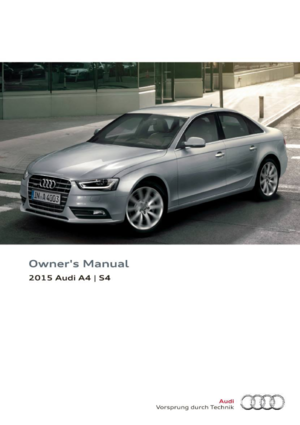 1
1 2
2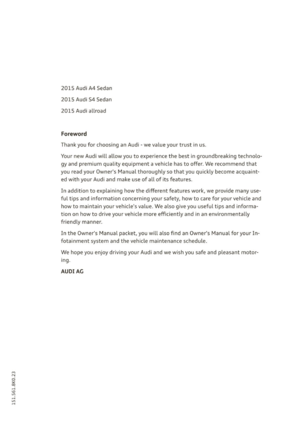 3
3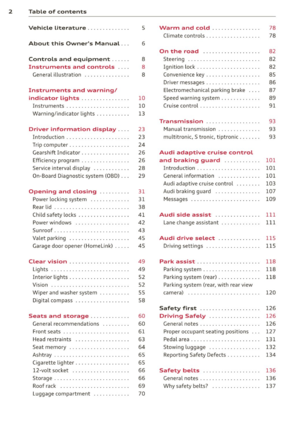 4
4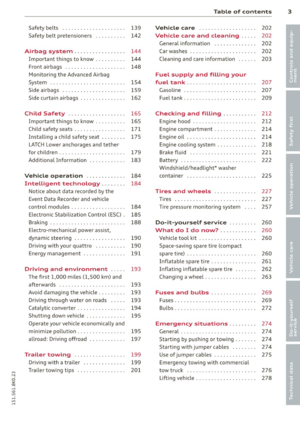 5
5 6
6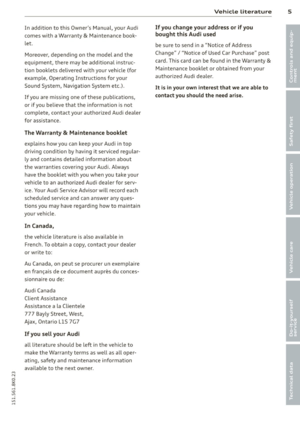 7
7 8
8 9
9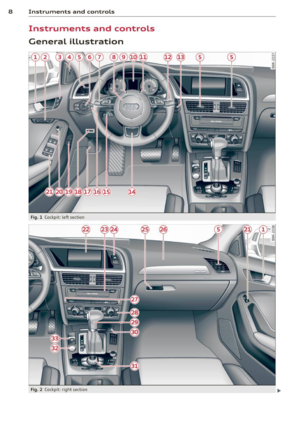 10
10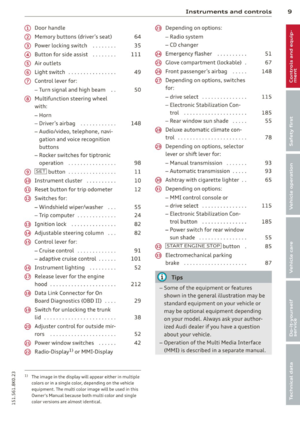 11
11 12
12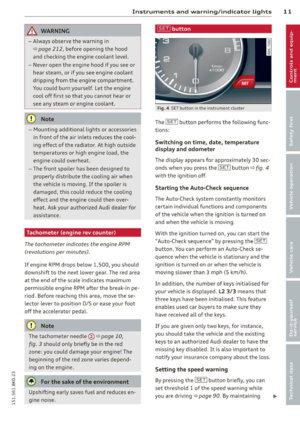 13
13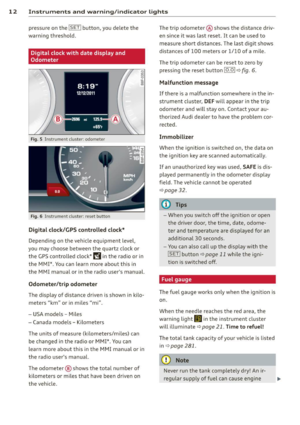 14
14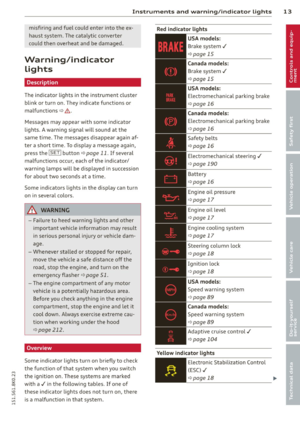 15
15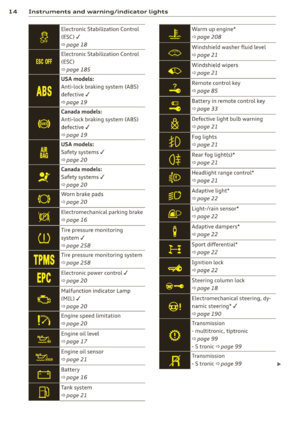 16
16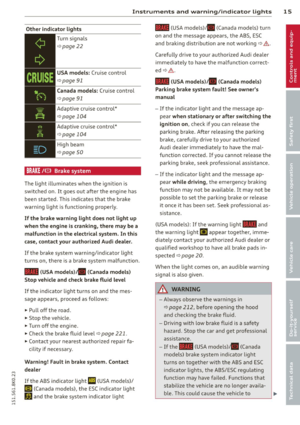 17
17 18
18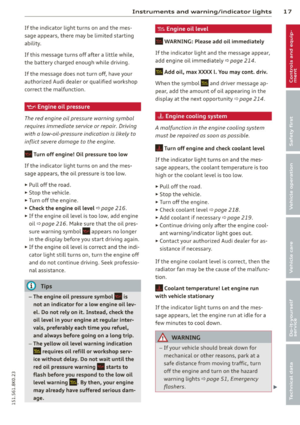 19
19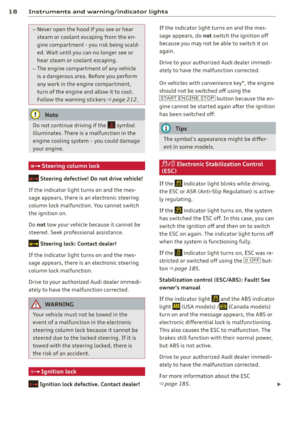 20
20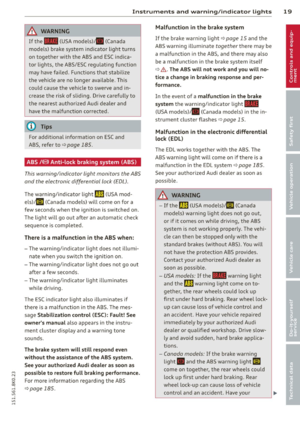 21
21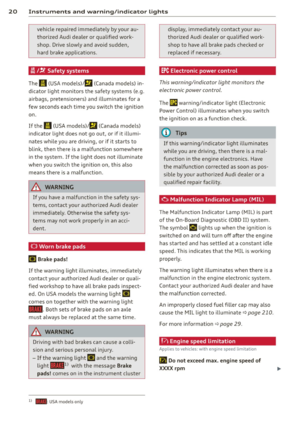 22
22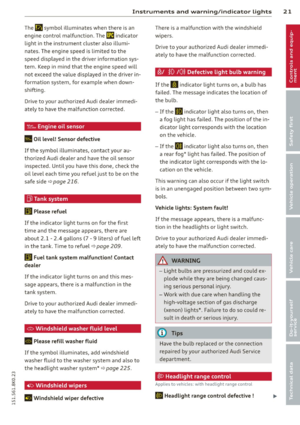 23
23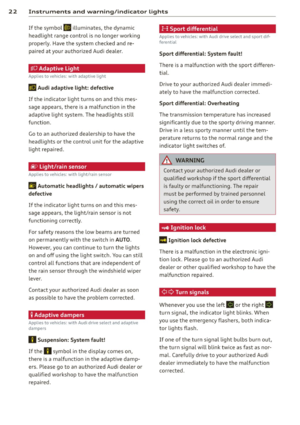 24
24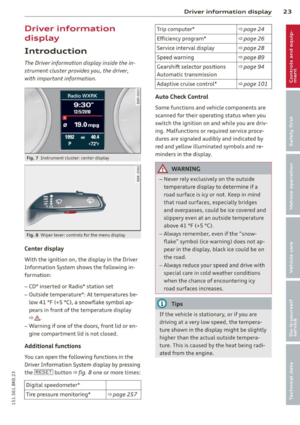 25
25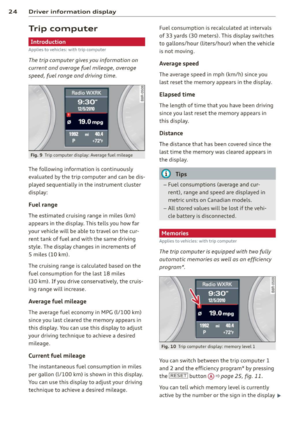 26
26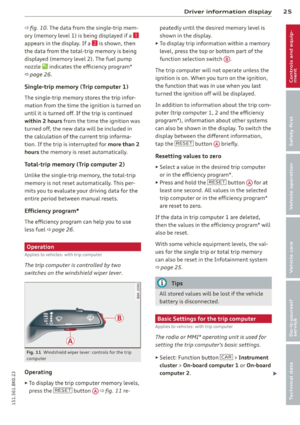 27
27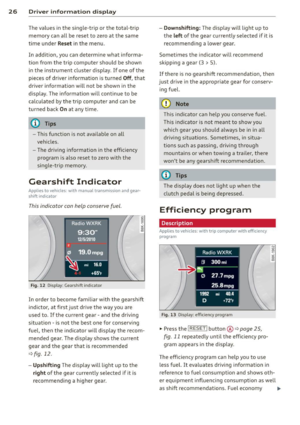 28
28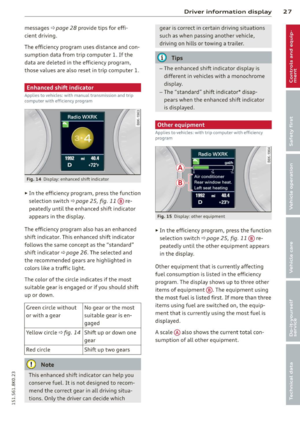 29
29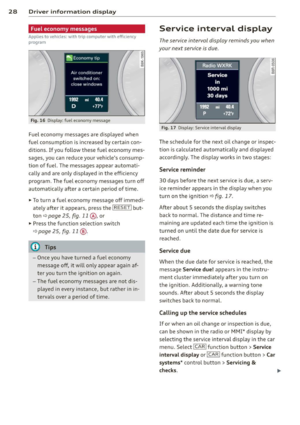 30
30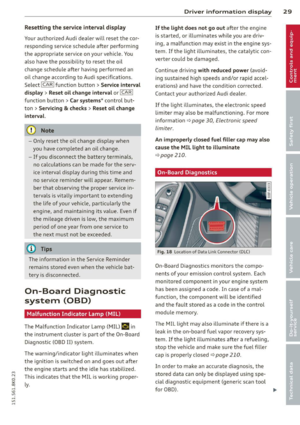 31
31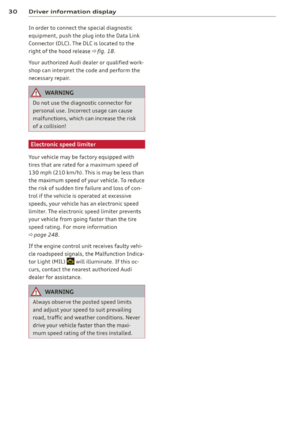 32
32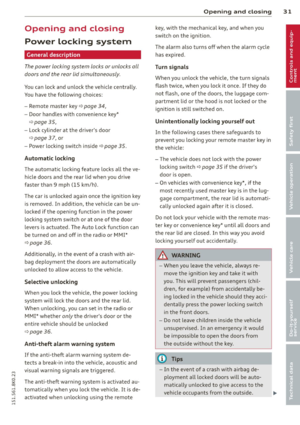 33
33 34
34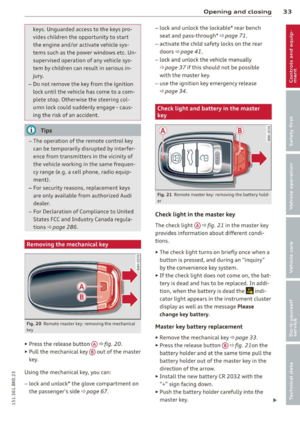 35
35 36
36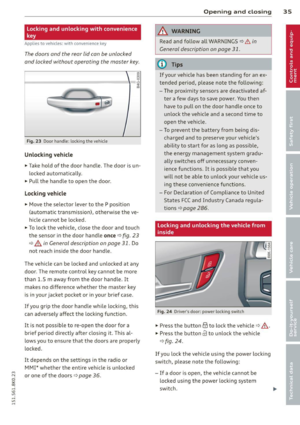 37
37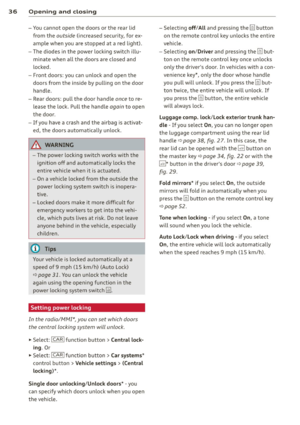 38
38 39
39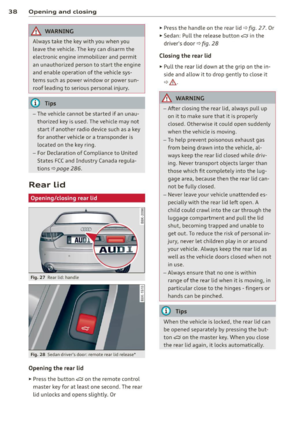 40
40 41
41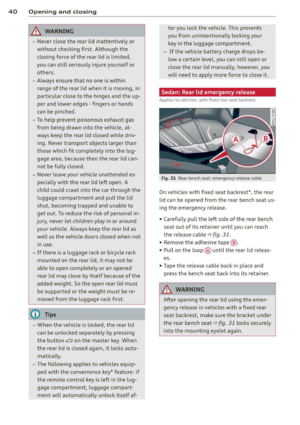 42
42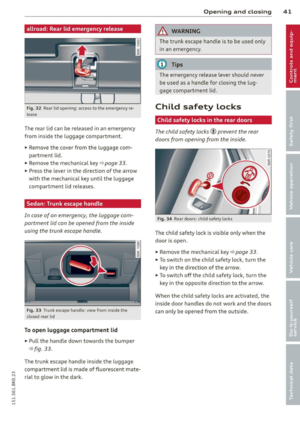 43
43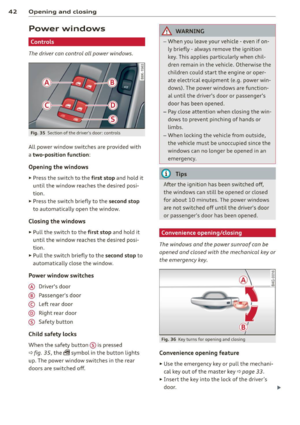 44
44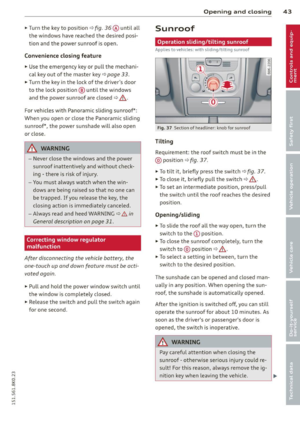 45
45 46
46 47
47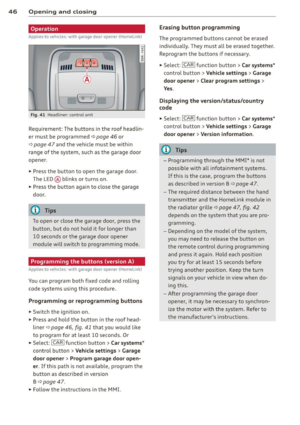 48
48 49
49 50
50 51
51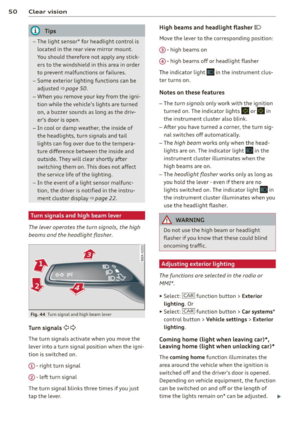 52
52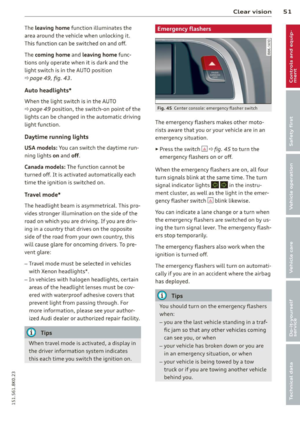 53
53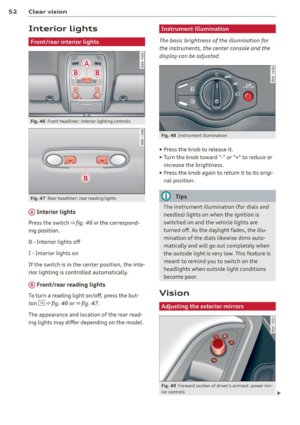 54
54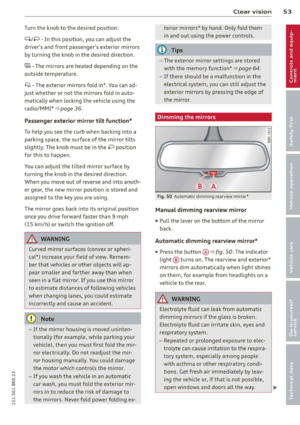 55
55 56
56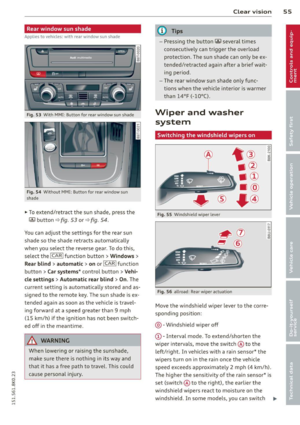 57
57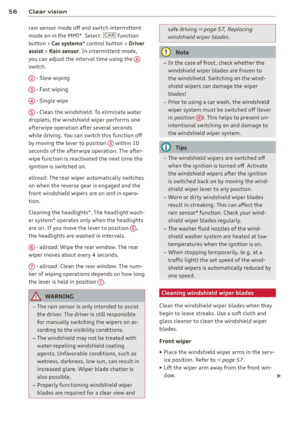 58
58 59
59 60
60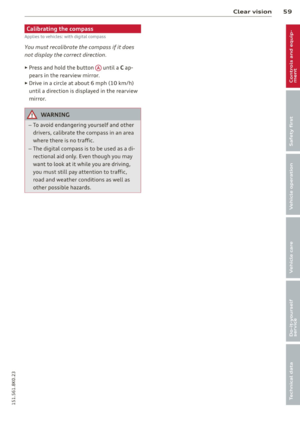 61
61 62
62 63
63 64
64 65
65 66
66 67
67 68
68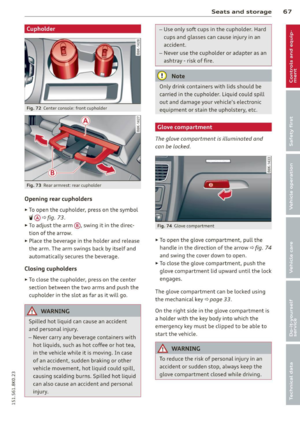 69
69 70
70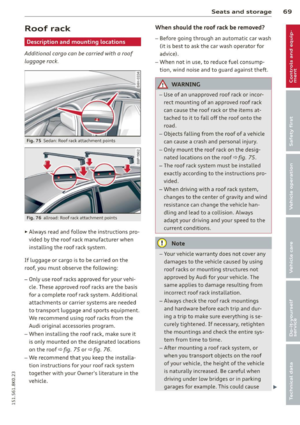 71
71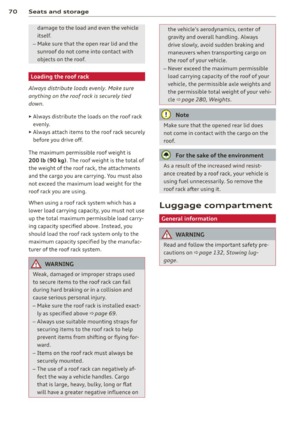 72
72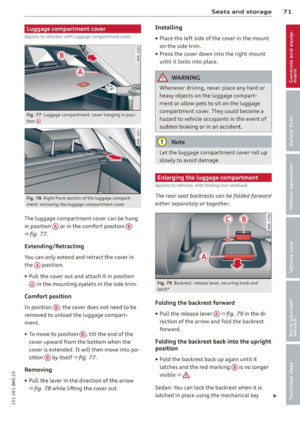 73
73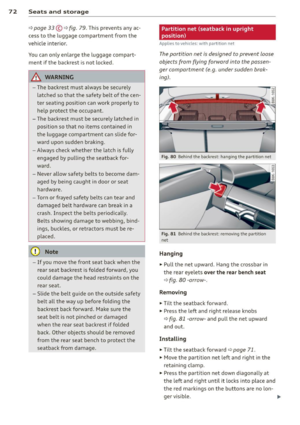 74
74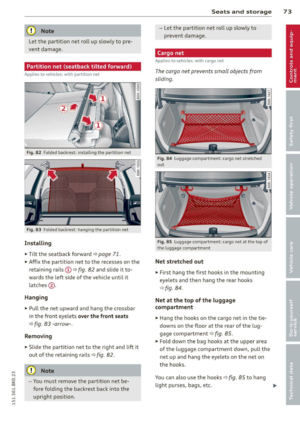 75
75 76
76 77
77 78
78 79
79 80
80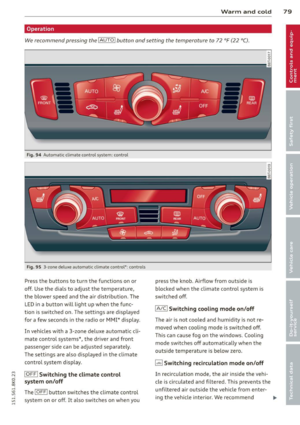 81
81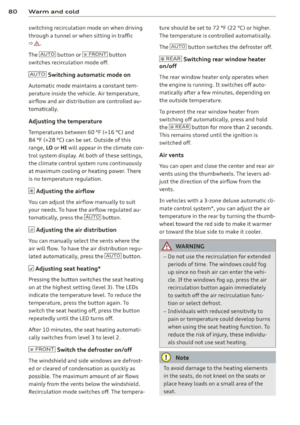 82
82 83
83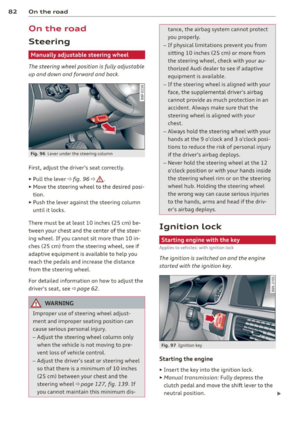 84
84 85
85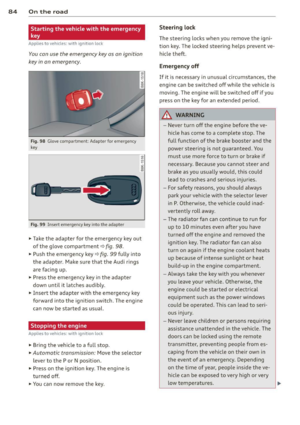 86
86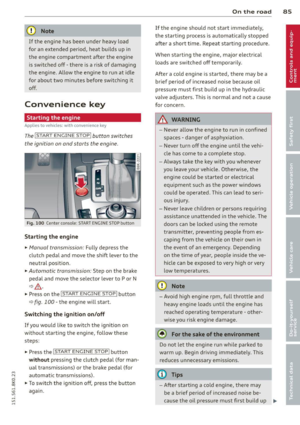 87
87 88
88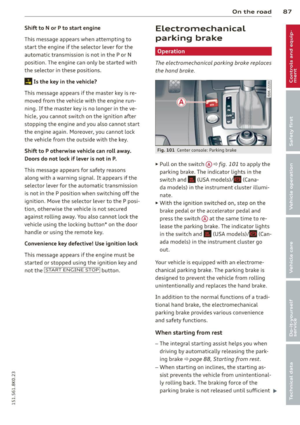 89
89 90
90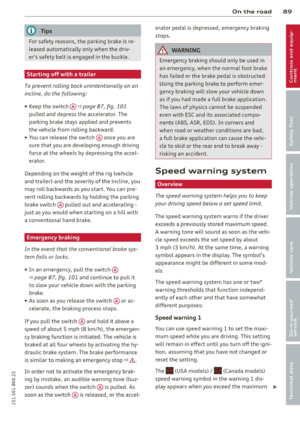 91
91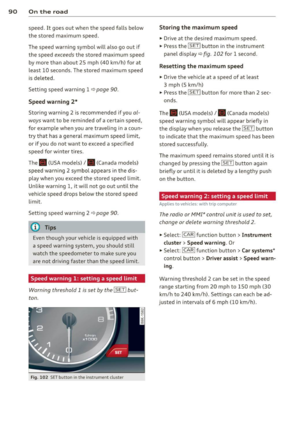 92
92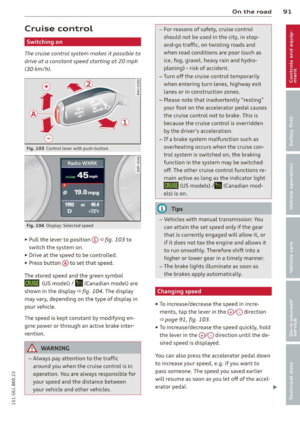 93
93 94
94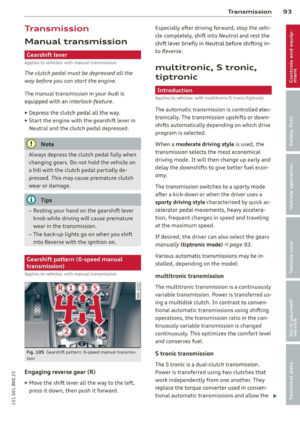 95
95 96
96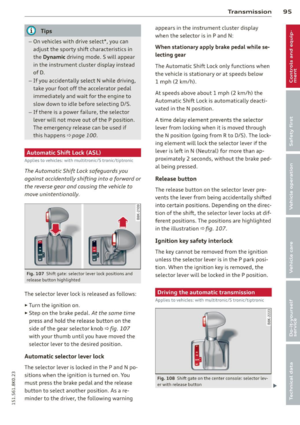 97
97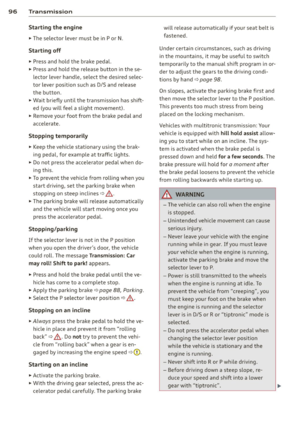 98
98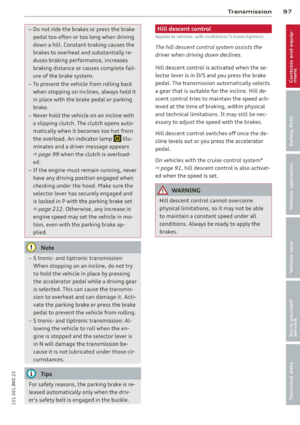 99
99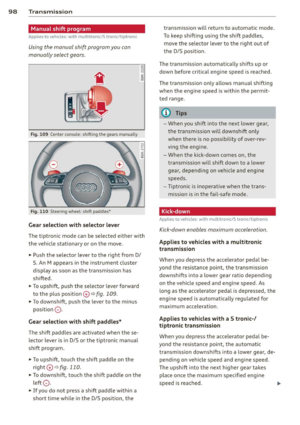 100
100 101
101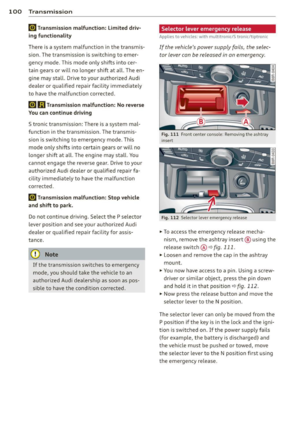 102
102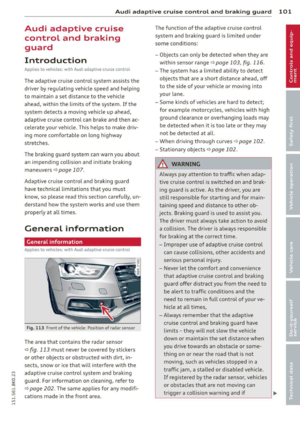 103
103 104
104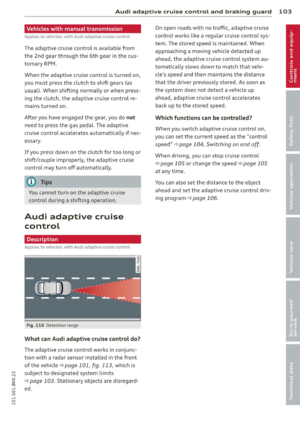 105
105 106
106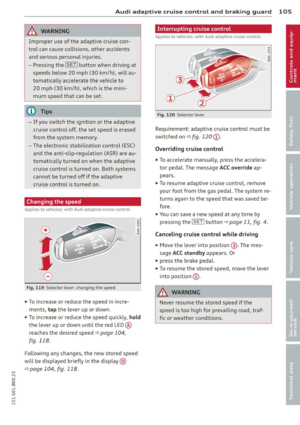 107
107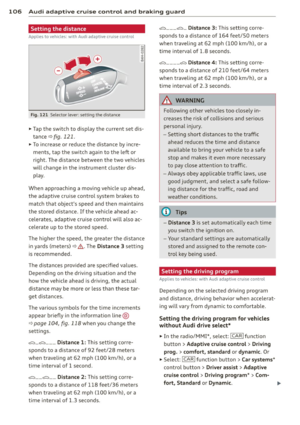 108
108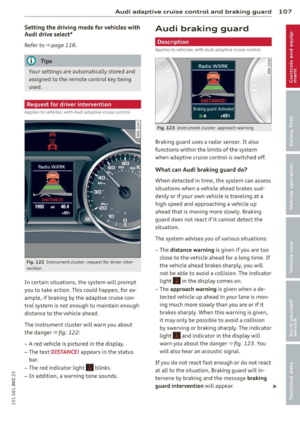 109
109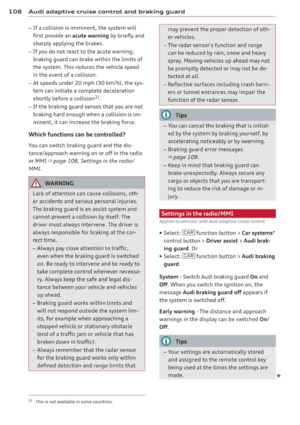 110
110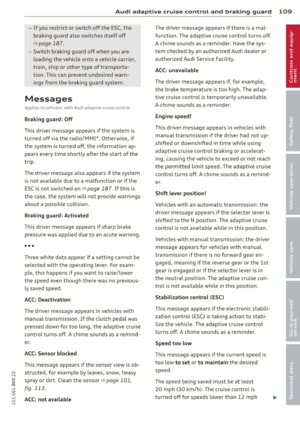 111
111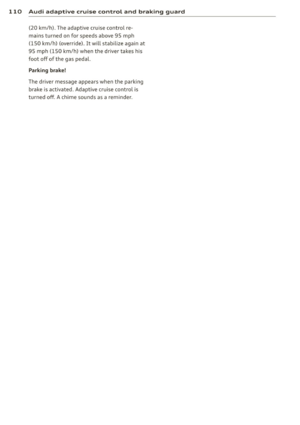 112
112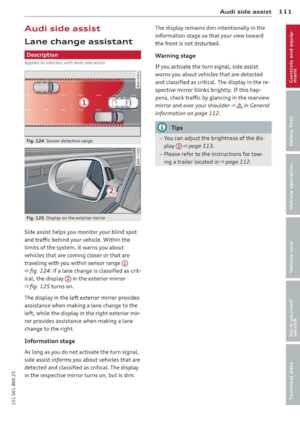 113
113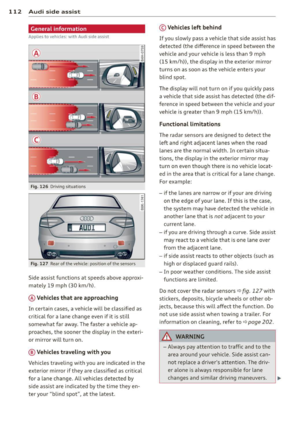 114
114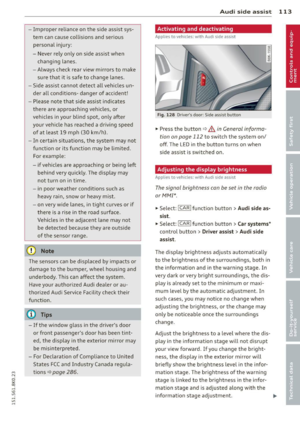 115
115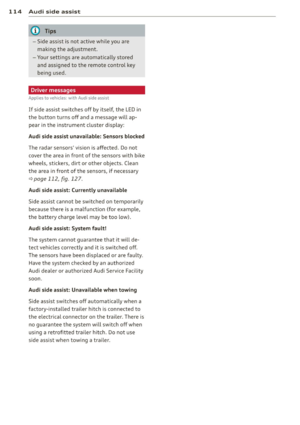 116
116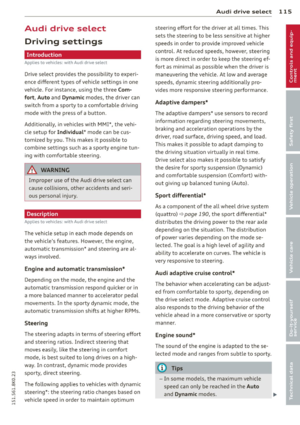 117
117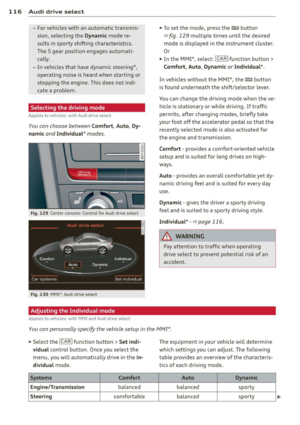 118
118 119
119 120
120 121
121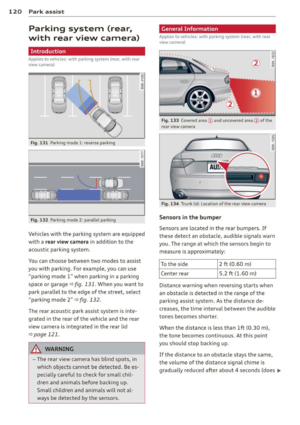 122
122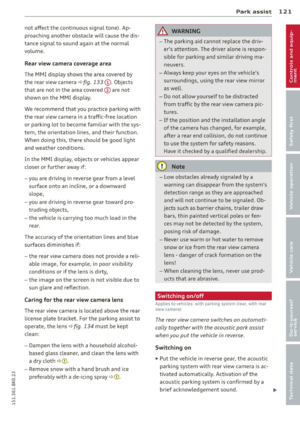 123
123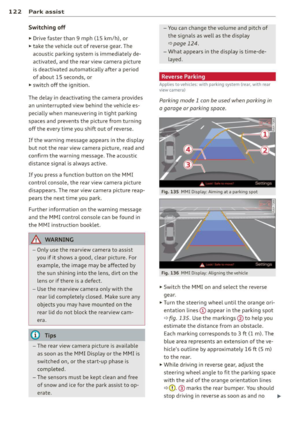 124
124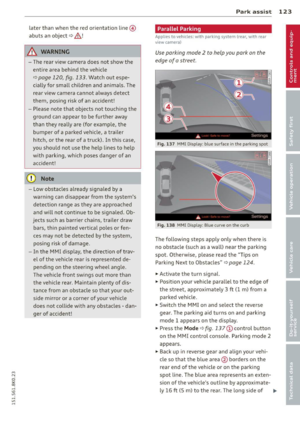 125
125 126
126 127
127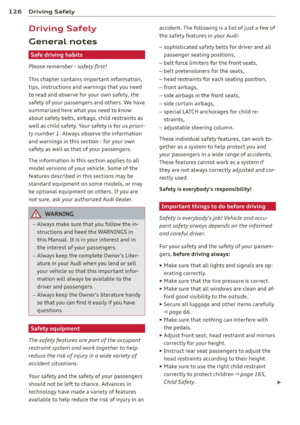 128
128 129
129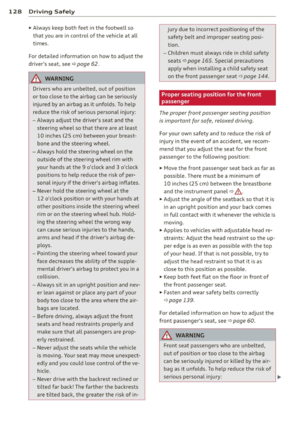 130
130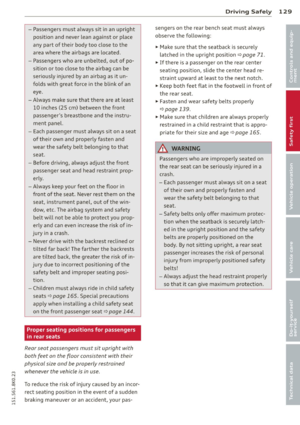 131
131 132
132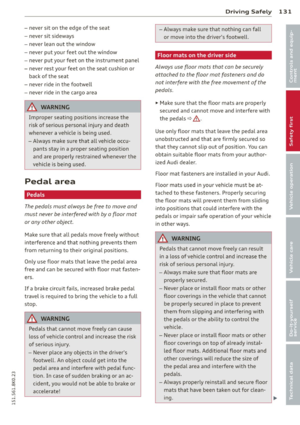 133
133 134
134 135
135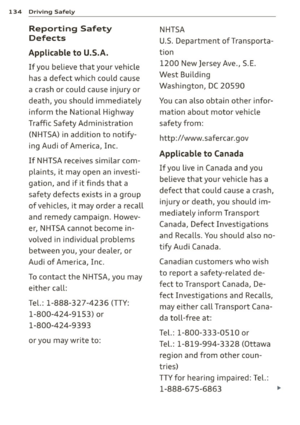 136
136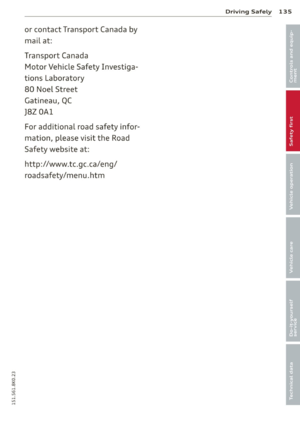 137
137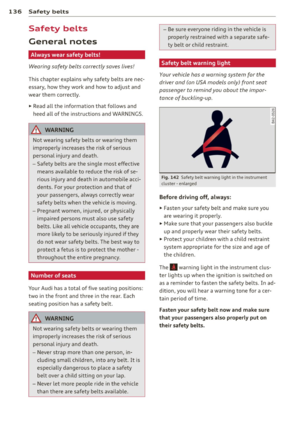 138
138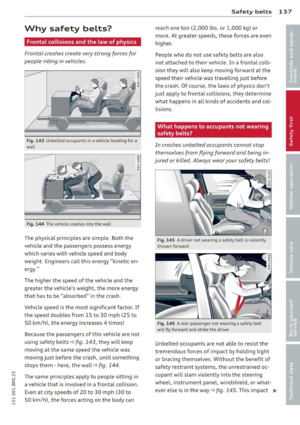 139
139 140
140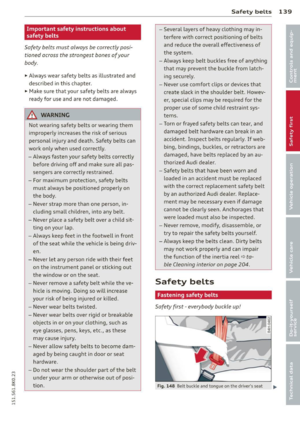 141
141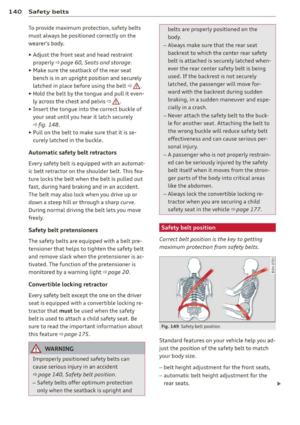 142
142 143
143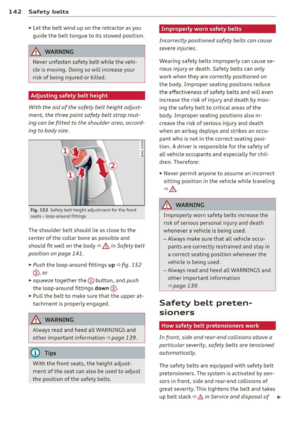 144
144 145
145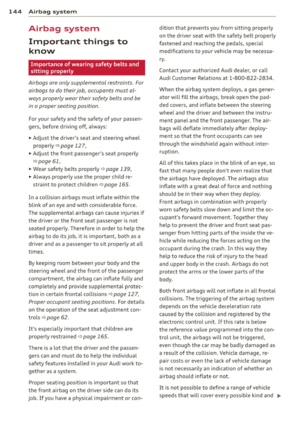 146
146 147
147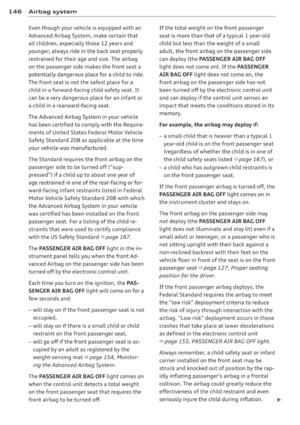 148
148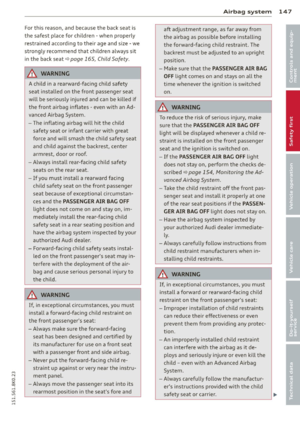 149
149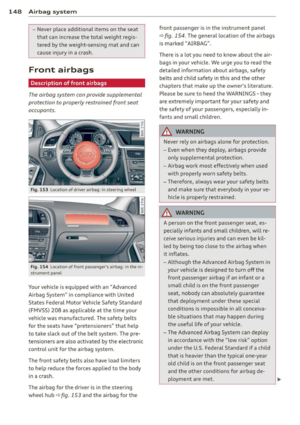 150
150 151
151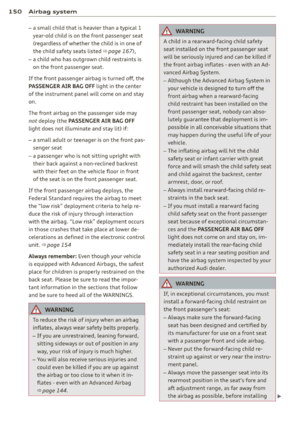 152
152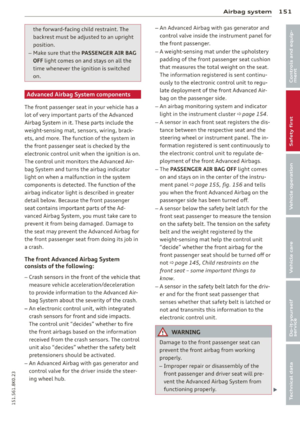 153
153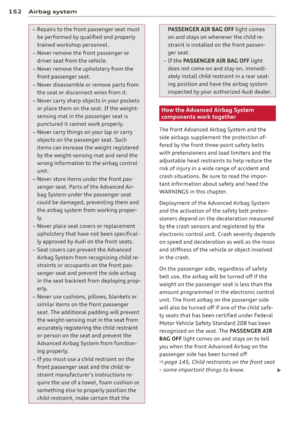 154
154 155
155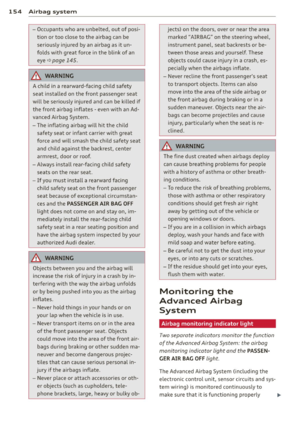 156
156 157
157 158
158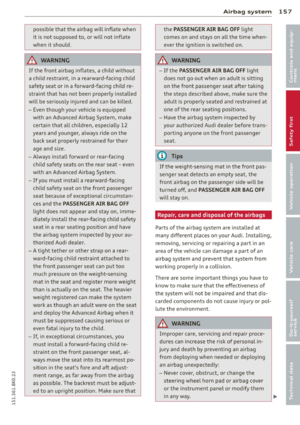 159
159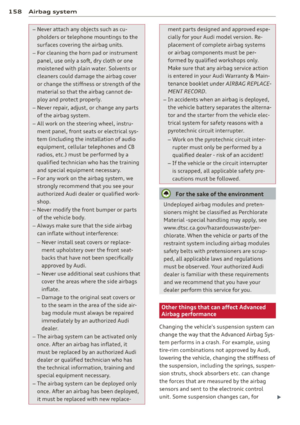 160
160 161
161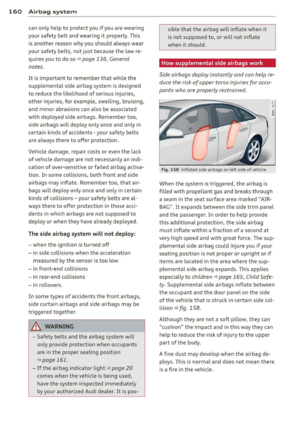 162
162 163
163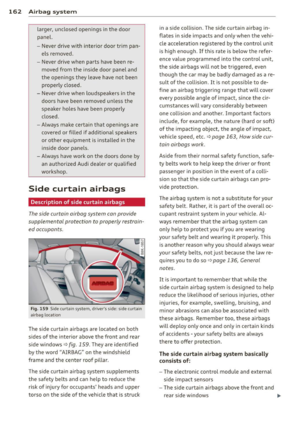 164
164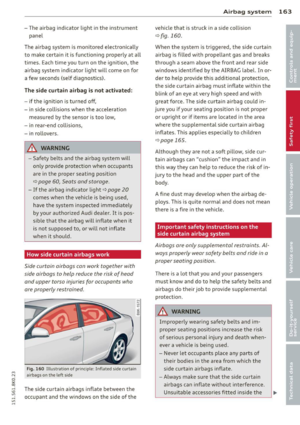 165
165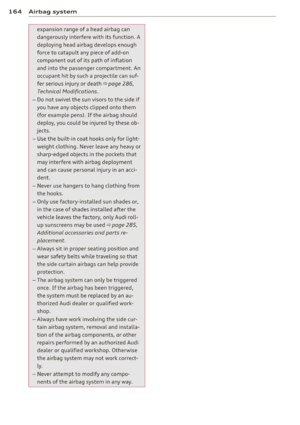 166
166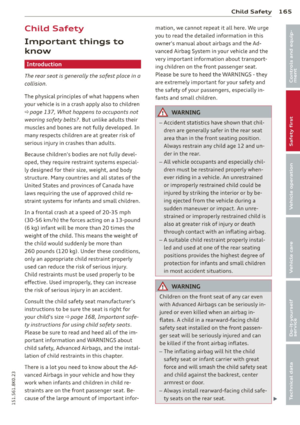 167
167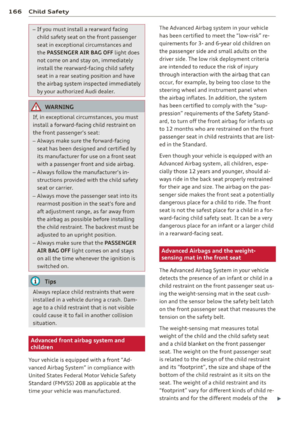 168
168 169
169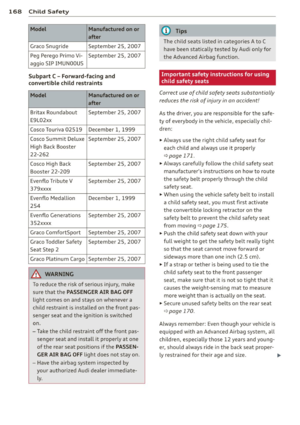 170
170 171
171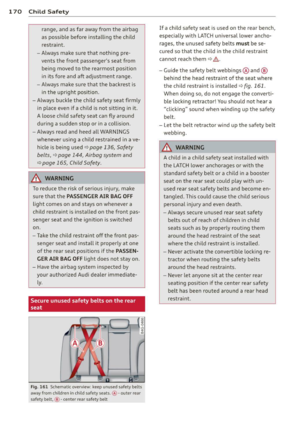 172
172 173
173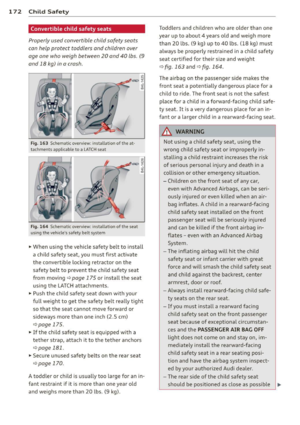 174
174 175
175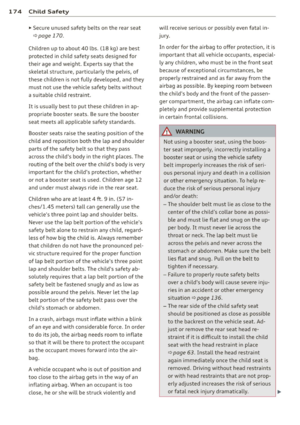 176
176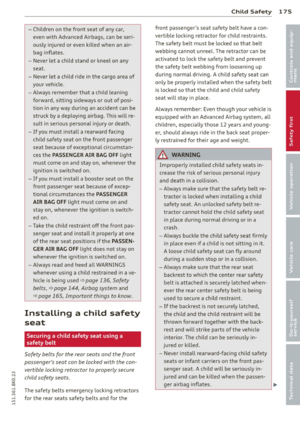 177
177 178
178 179
179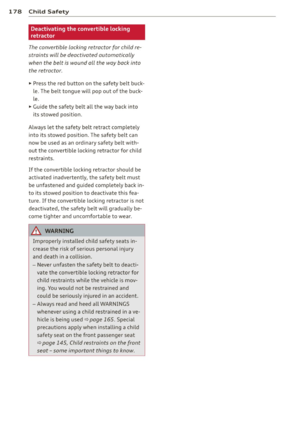 180
180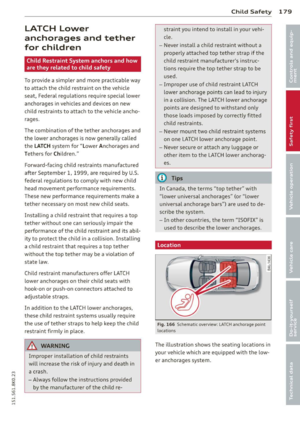 181
181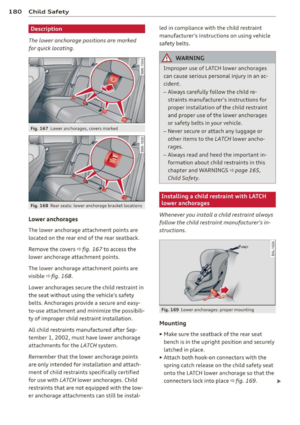 182
182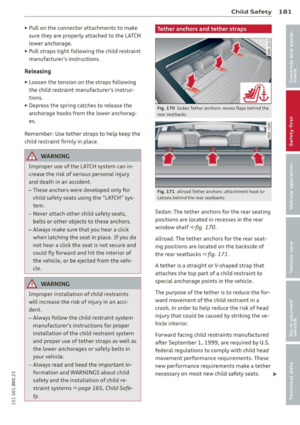 183
183 184
184 185
185 186
186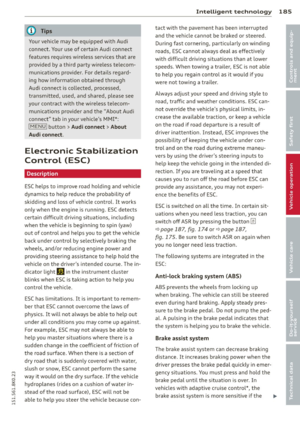 187
187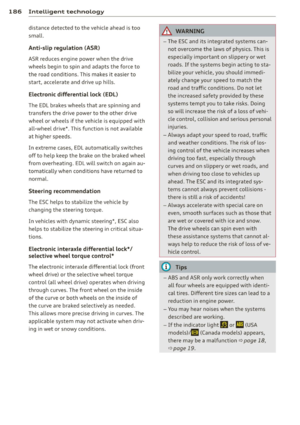 188
188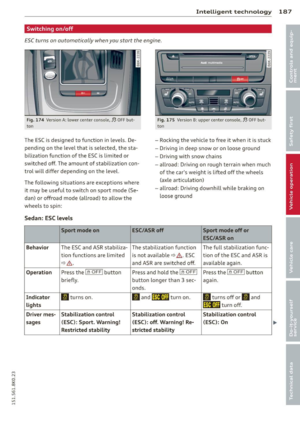 189
189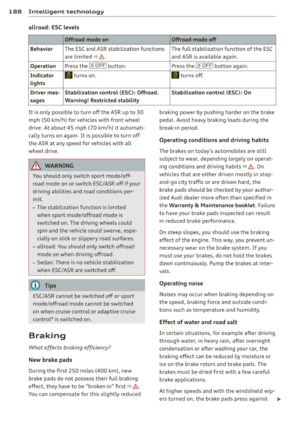 190
190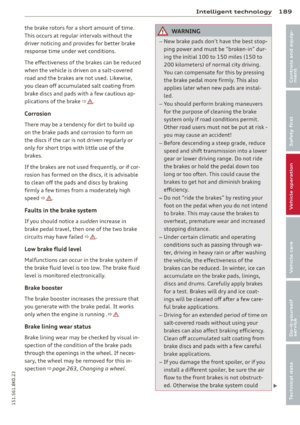 191
191 192
192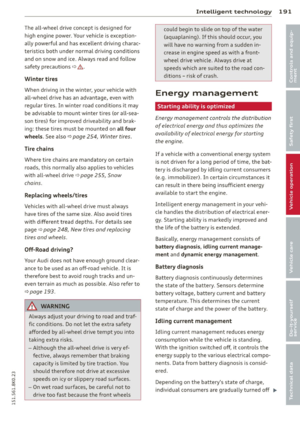 193
193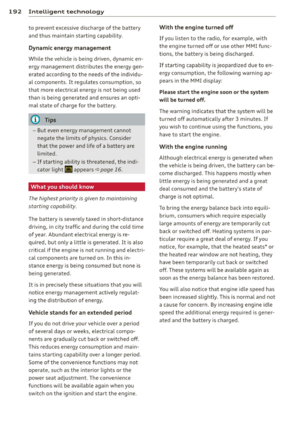 194
194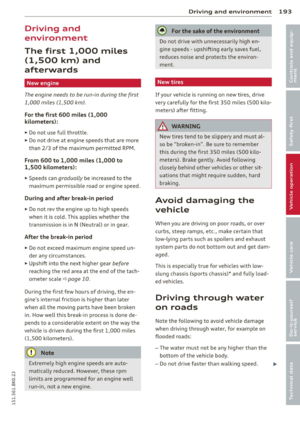 195
195 196
196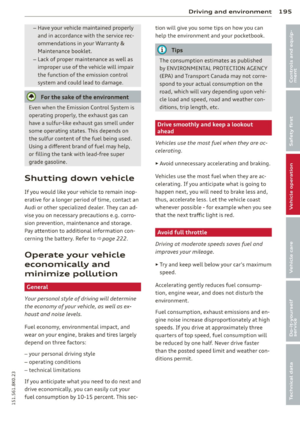 197
197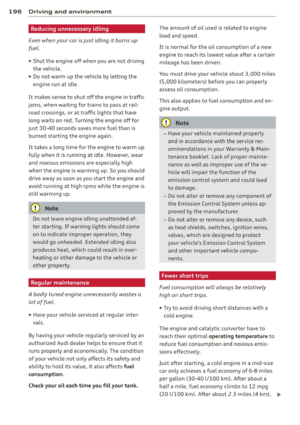 198
198 199
199 200
200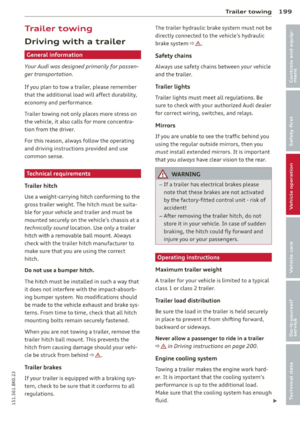 201
201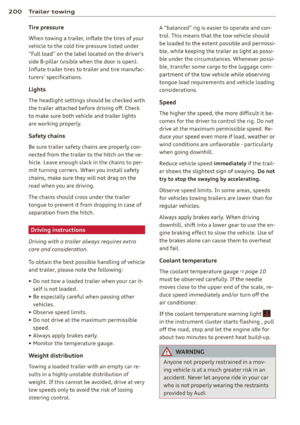 202
202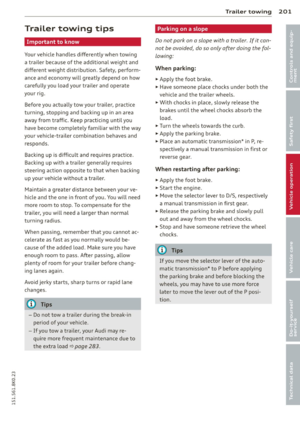 203
203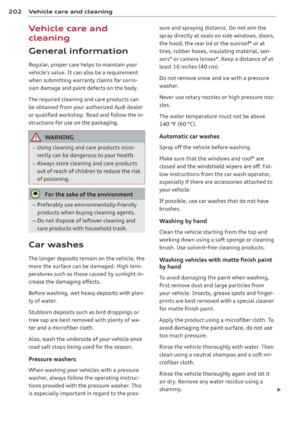 204
204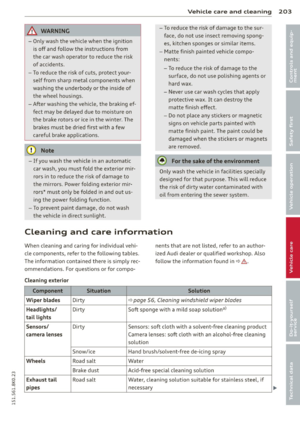 205
205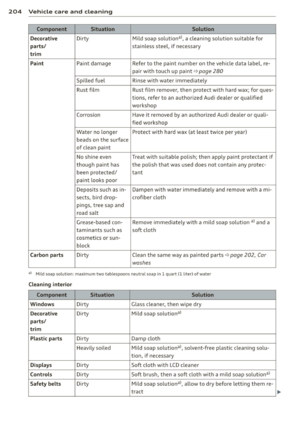 206
206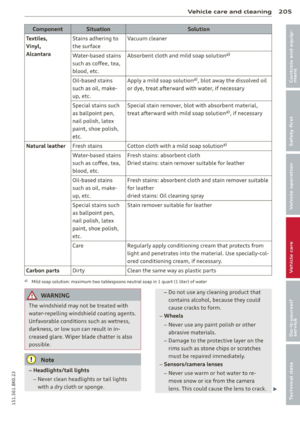 207
207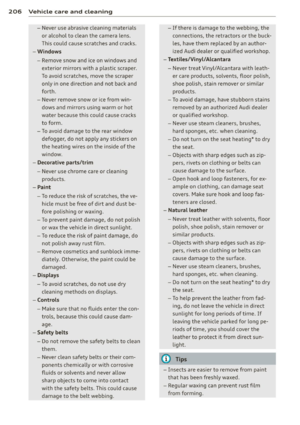 208
208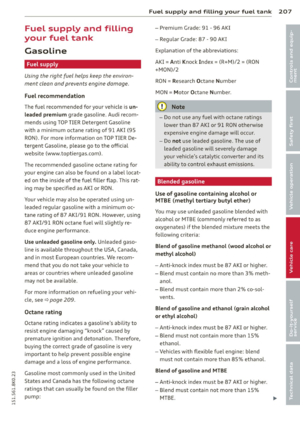 209
209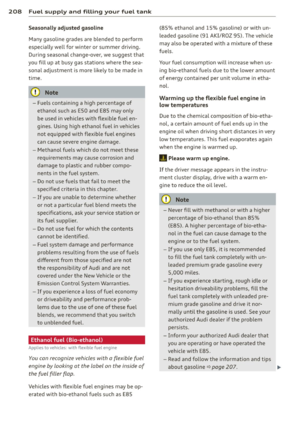 210
210 211
211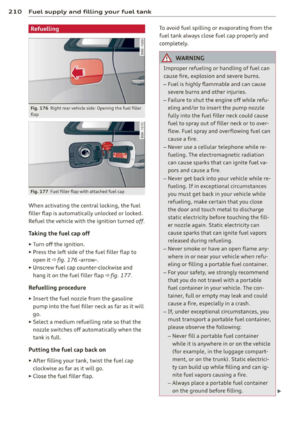 212
212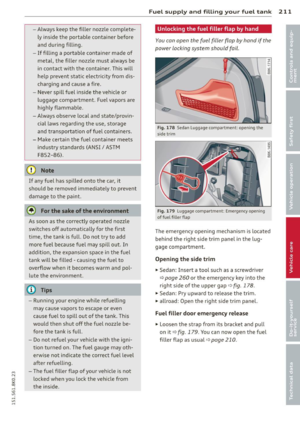 213
213 214
214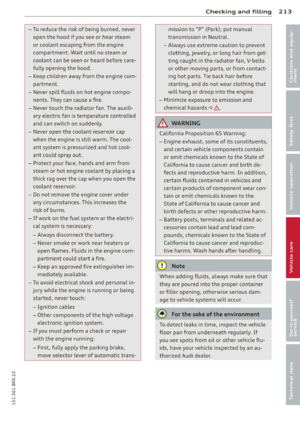 215
215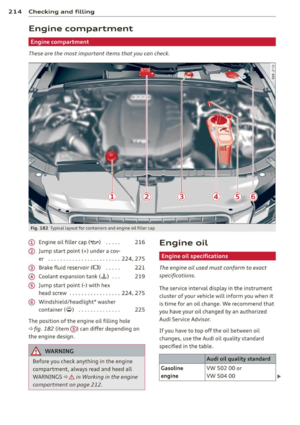 216
216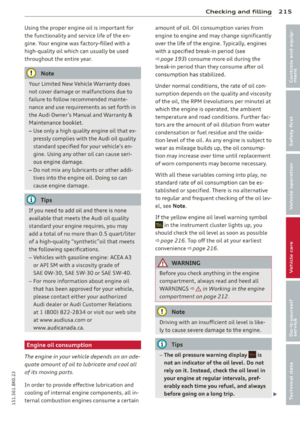 217
217 218
218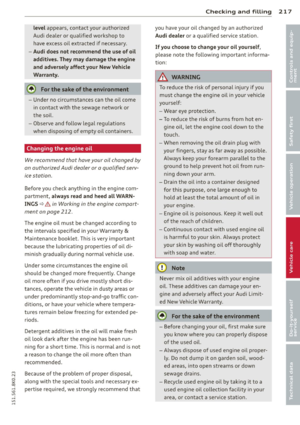 219
219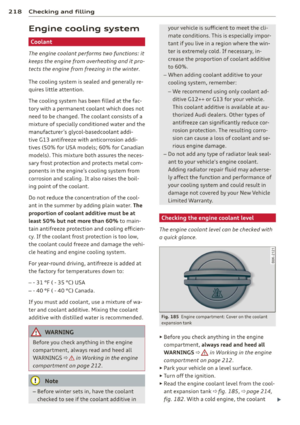 220
220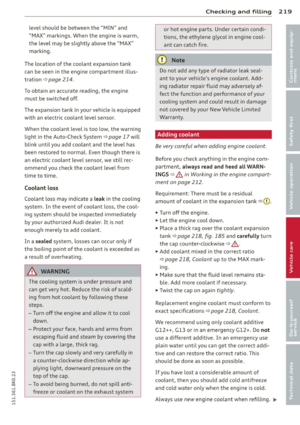 221
221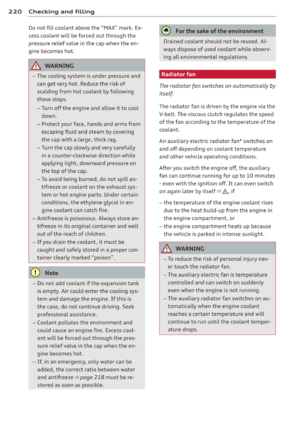 222
222 223
223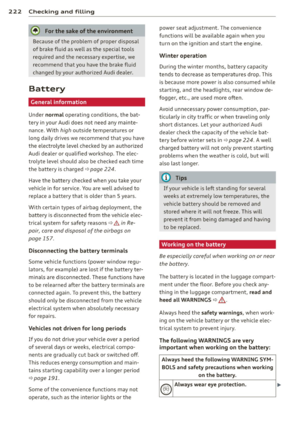 224
224 225
225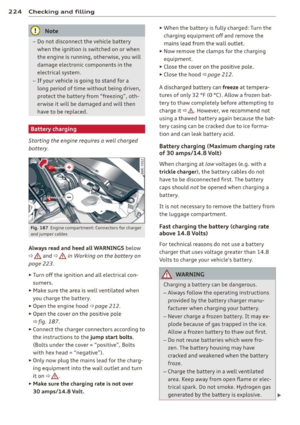 226
226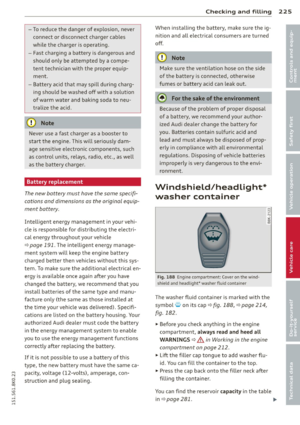 227
227 228
228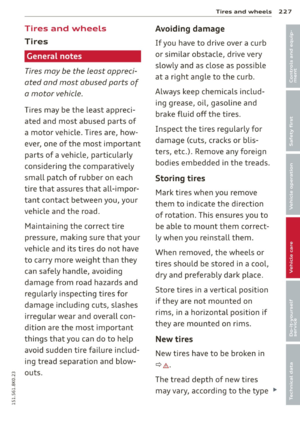 229
229 230
230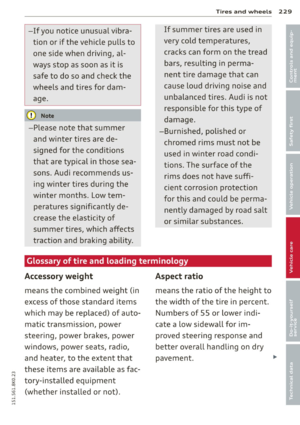 231
231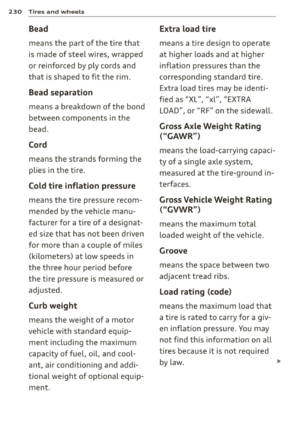 232
232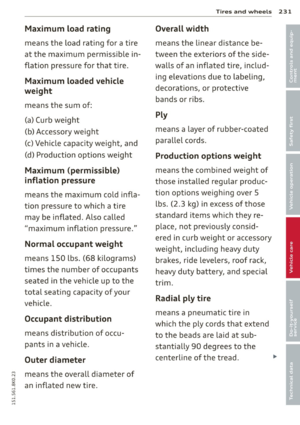 233
233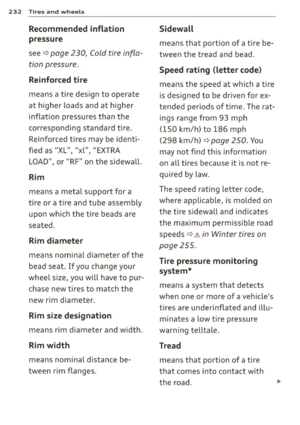 234
234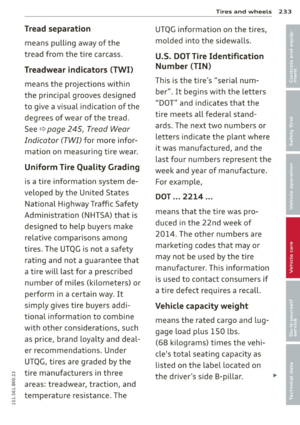 235
235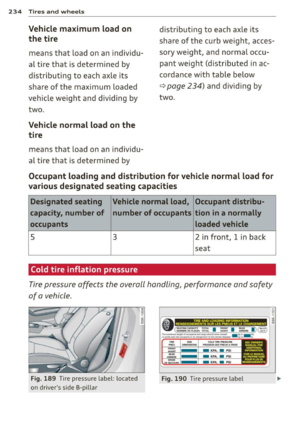 236
236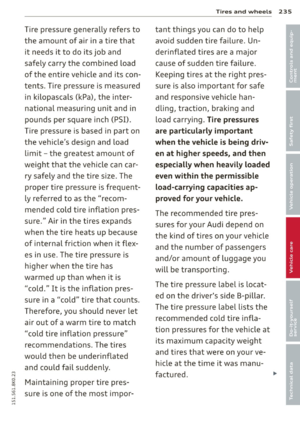 237
237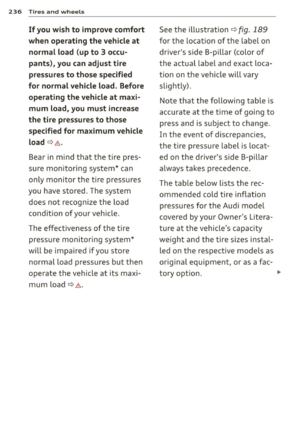 238
238 239
239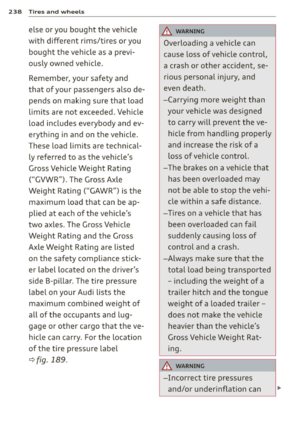 240
240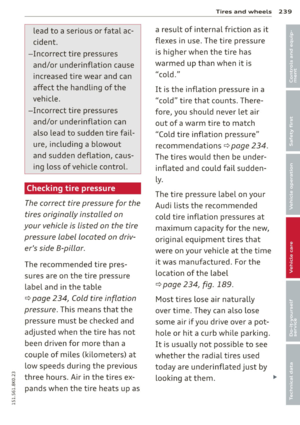 241
241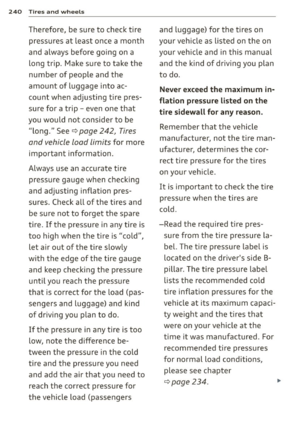 242
242 243
243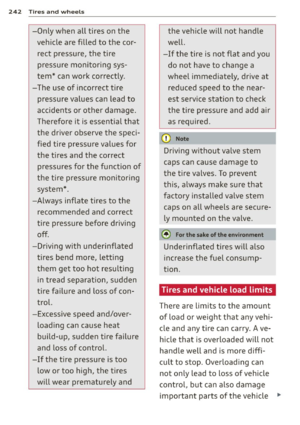 244
244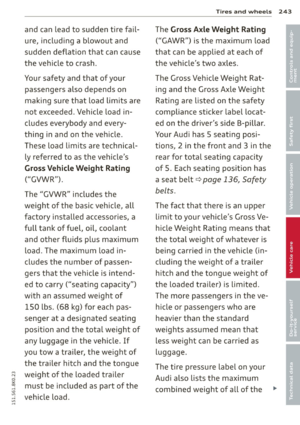 245
245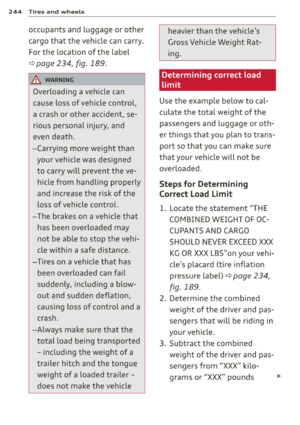 246
246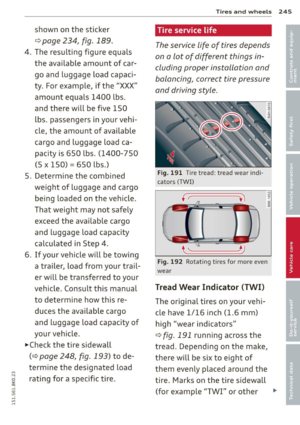 247
247 248
248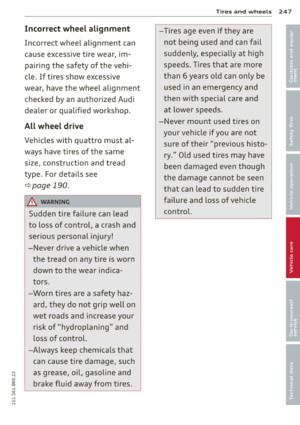 249
249 250
250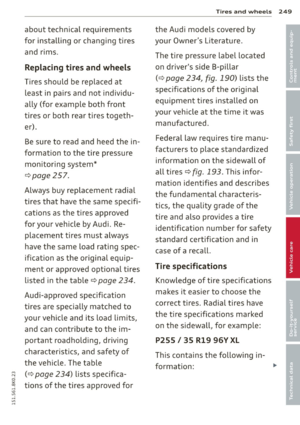 251
251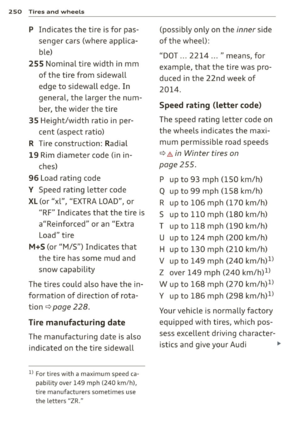 252
252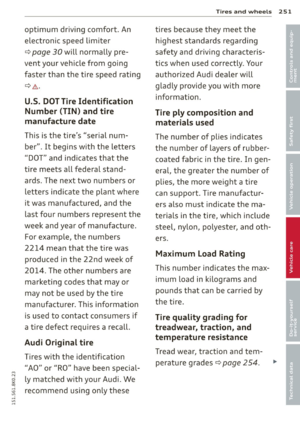 253
253 254
254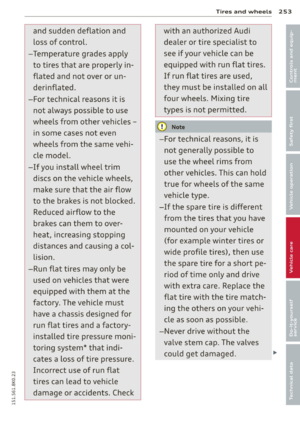 255
255 256
256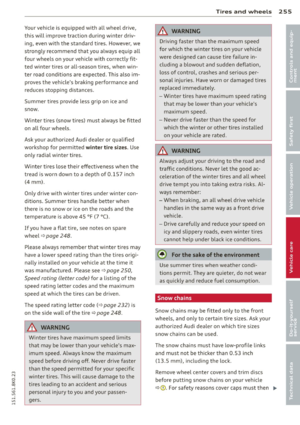 257
257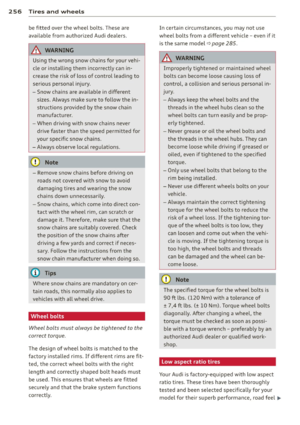 258
258 259
259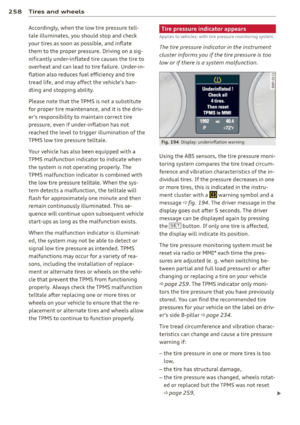 260
260 261
261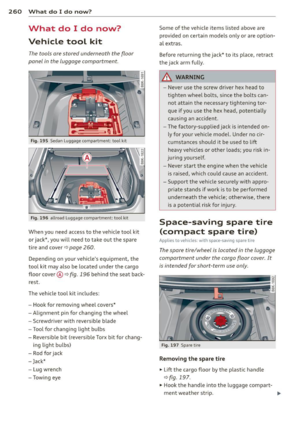 262
262 263
263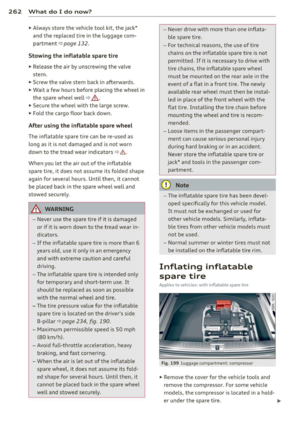 264
264 265
265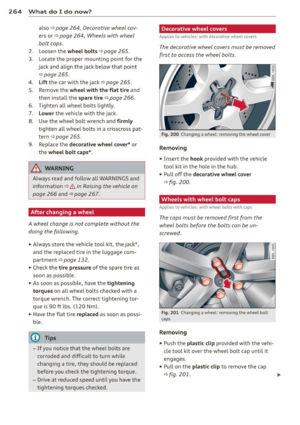 266
266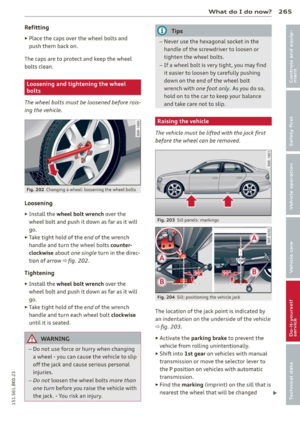 267
267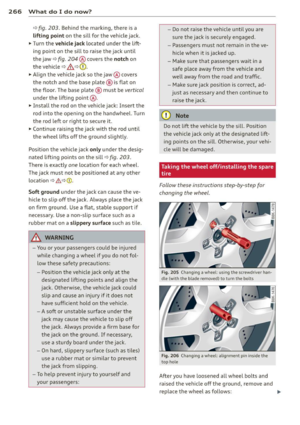 268
268 269
269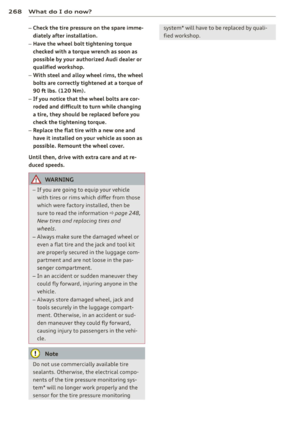 270
270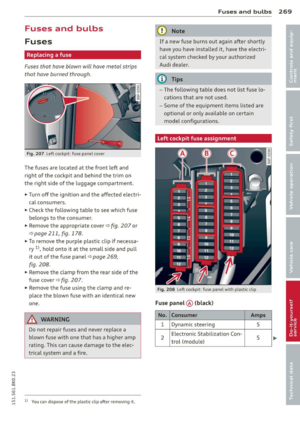 271
271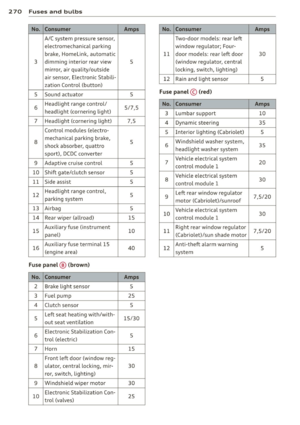 272
272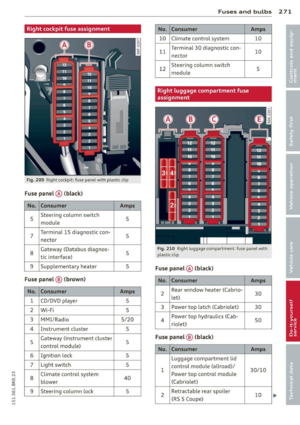 273
273 274
274 275
275 276
276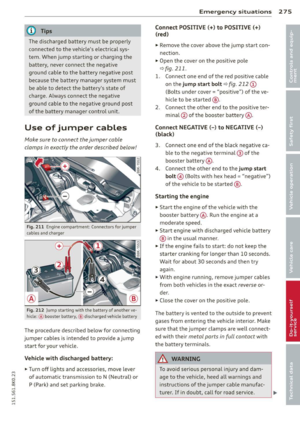 277
277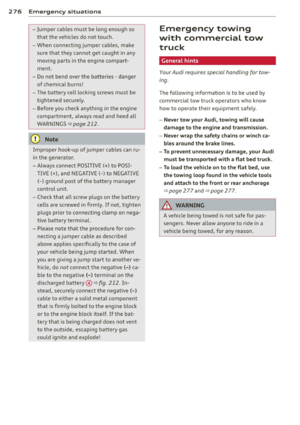 278
278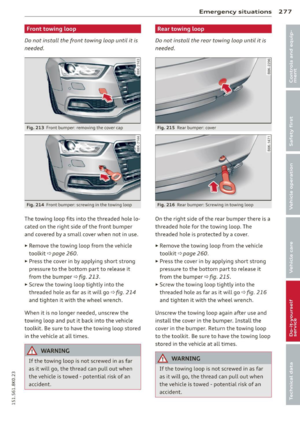 279
279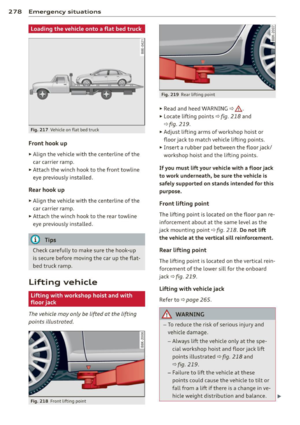 280
280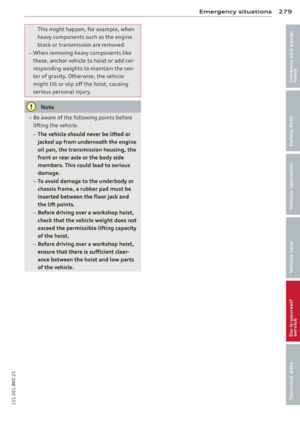 281
281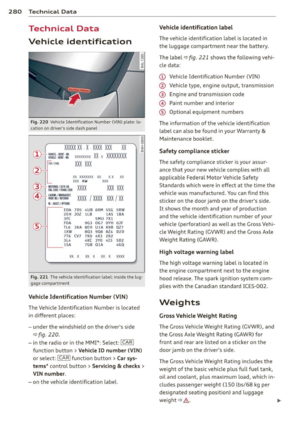 282
282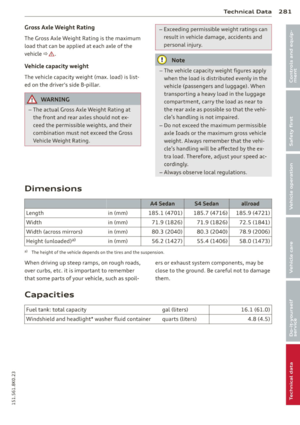 283
283 284
284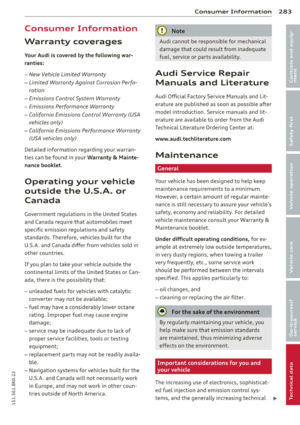 285
285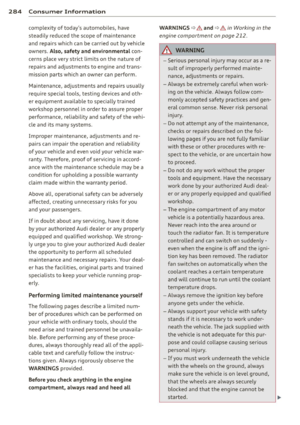 286
286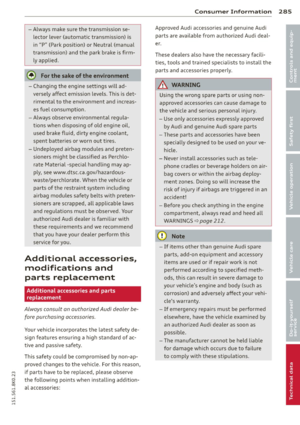 287
287 288
288 289
289 290
290 291
291 292
292 293
293 294
294 295
295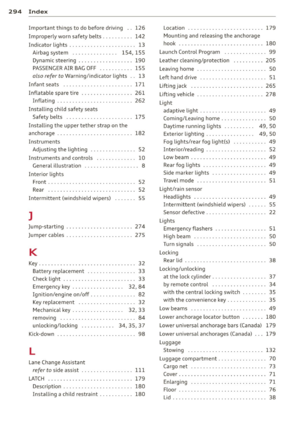 296
296 297
297 298
298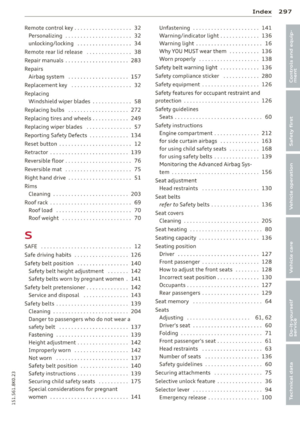 299
299 300
300 301
301 302
302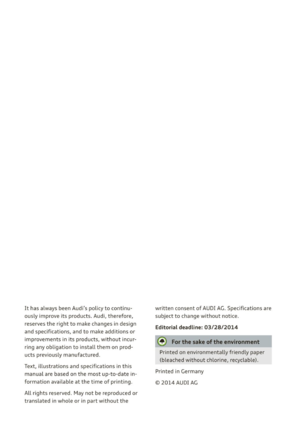 303
303






